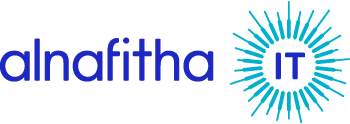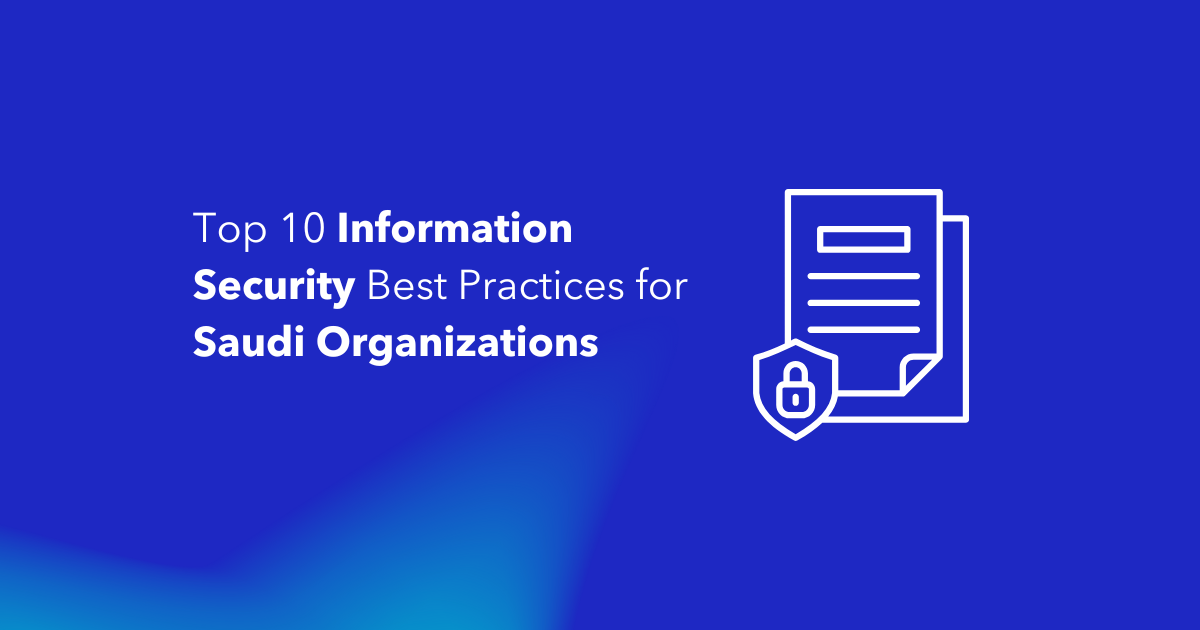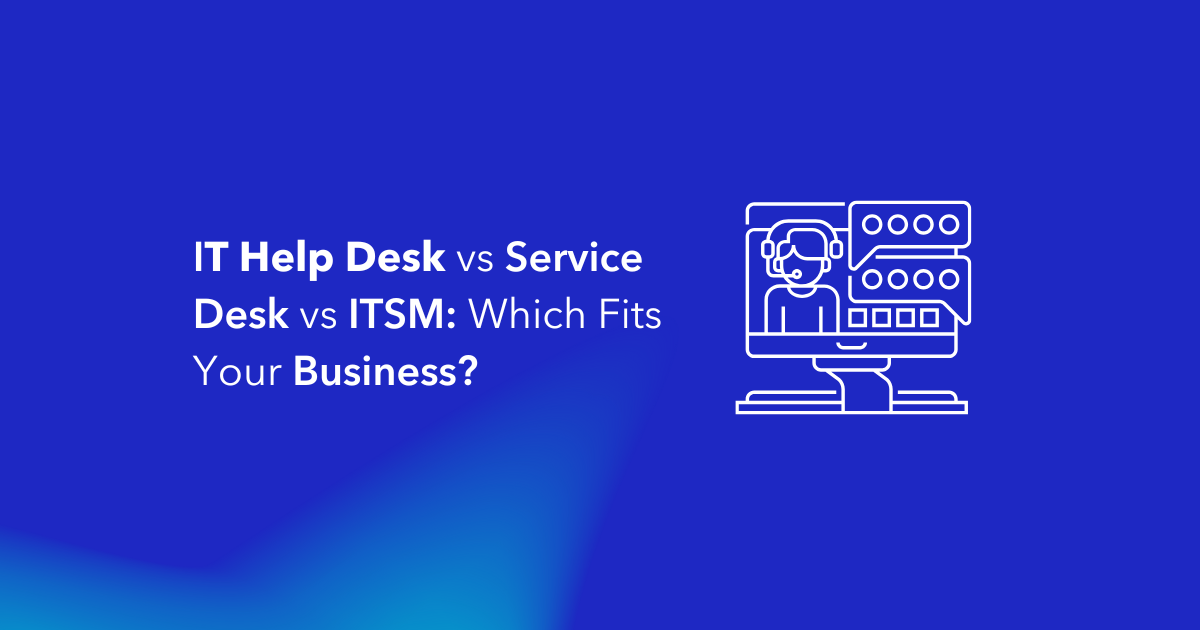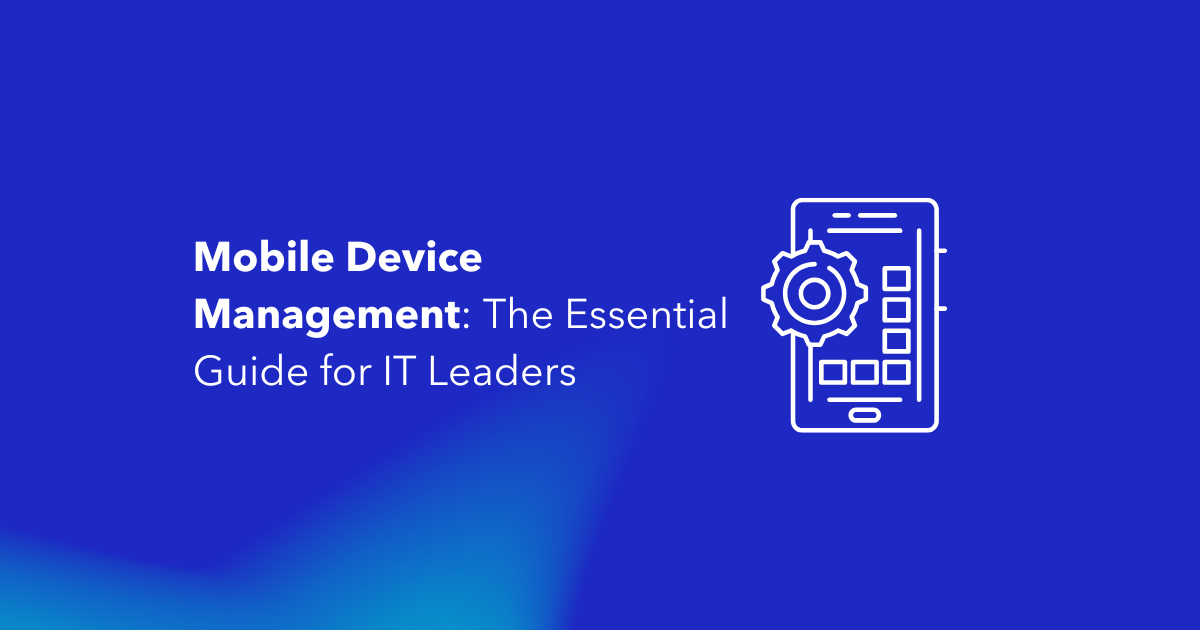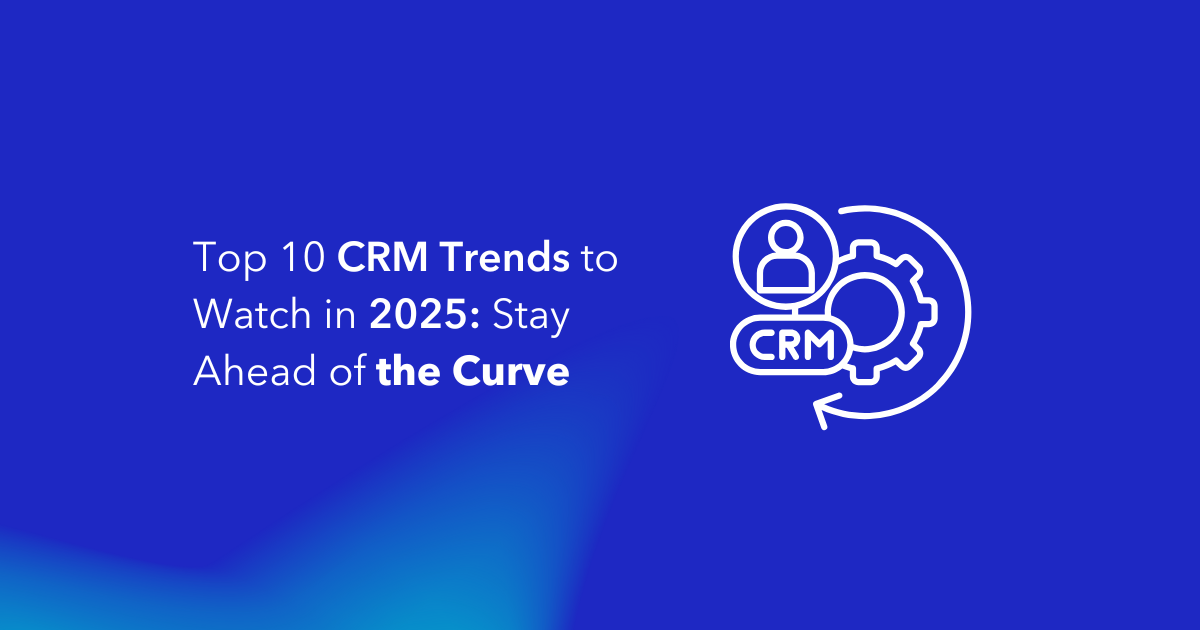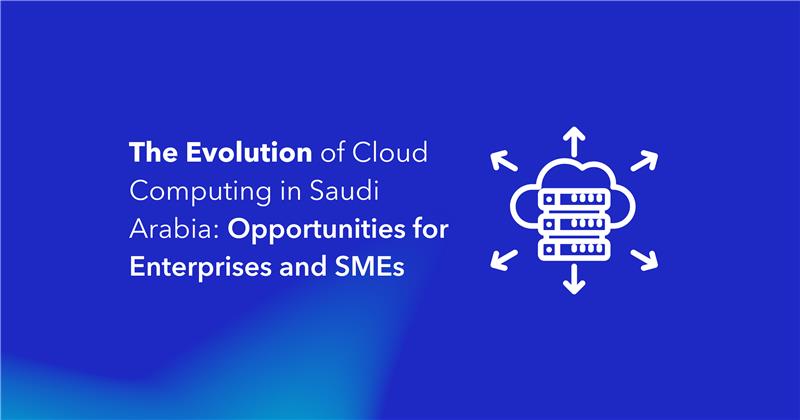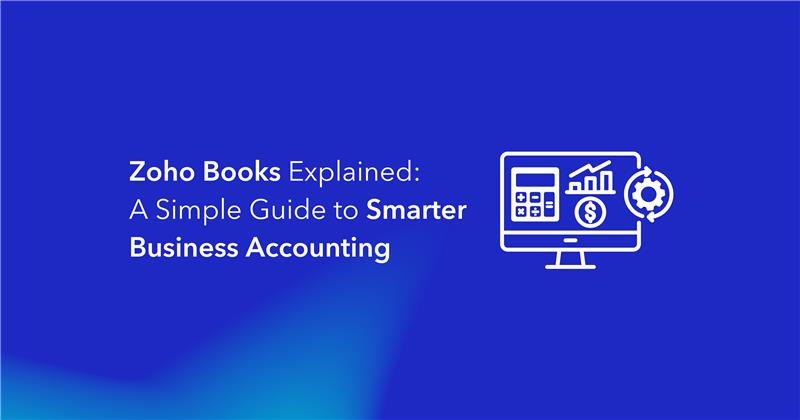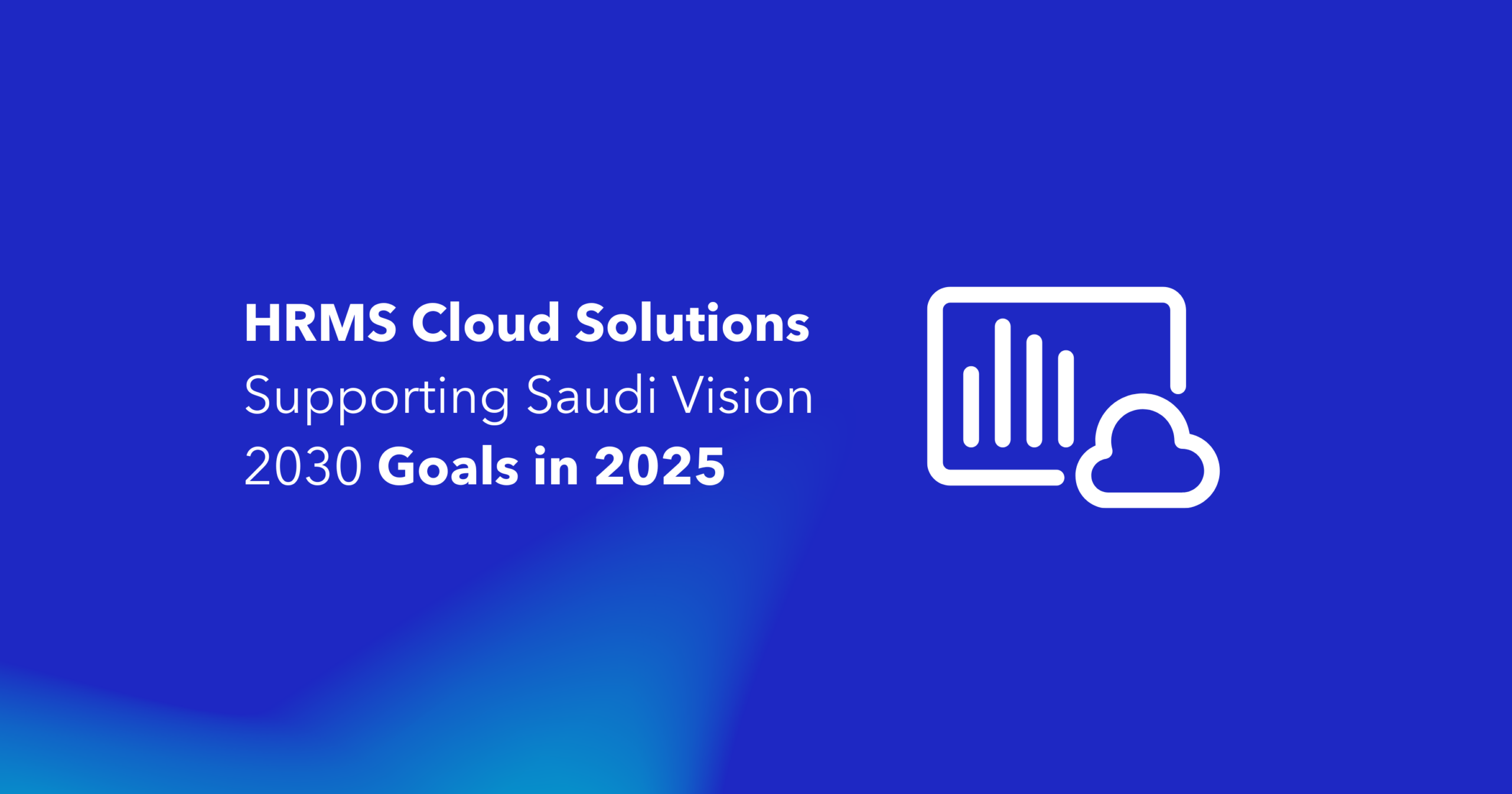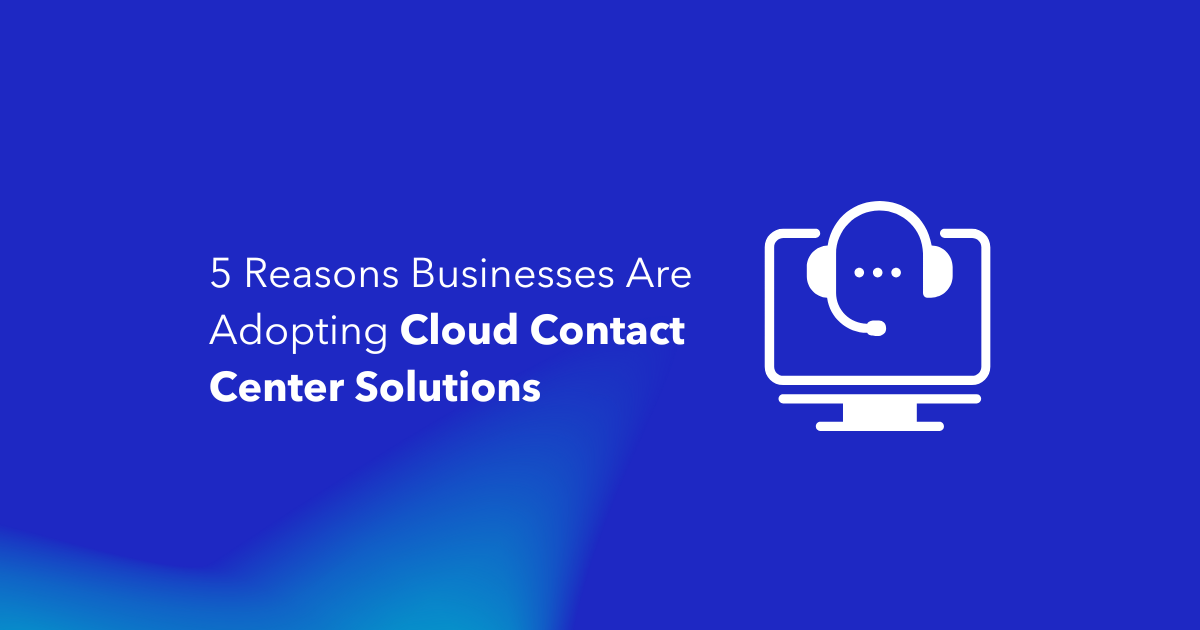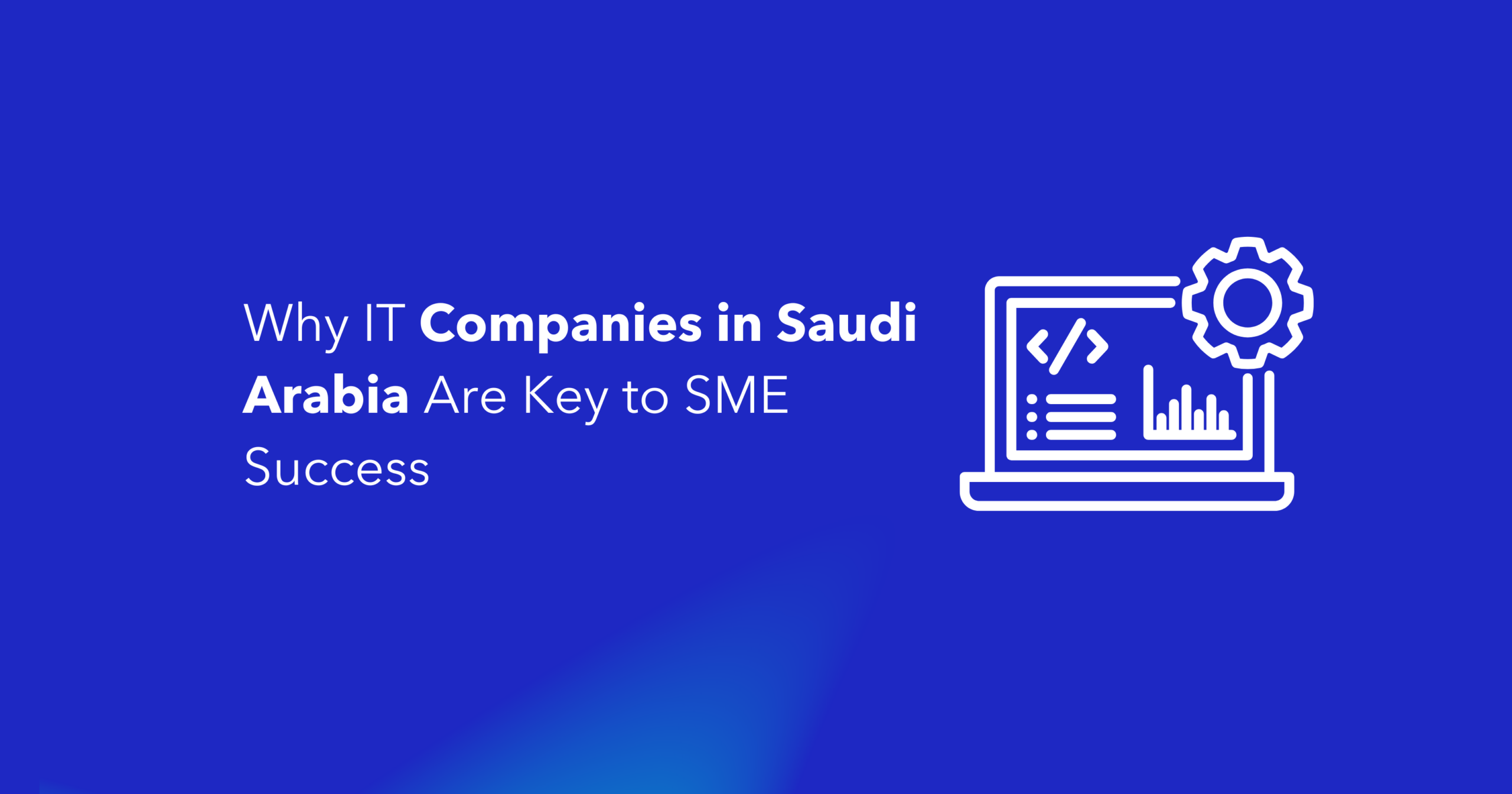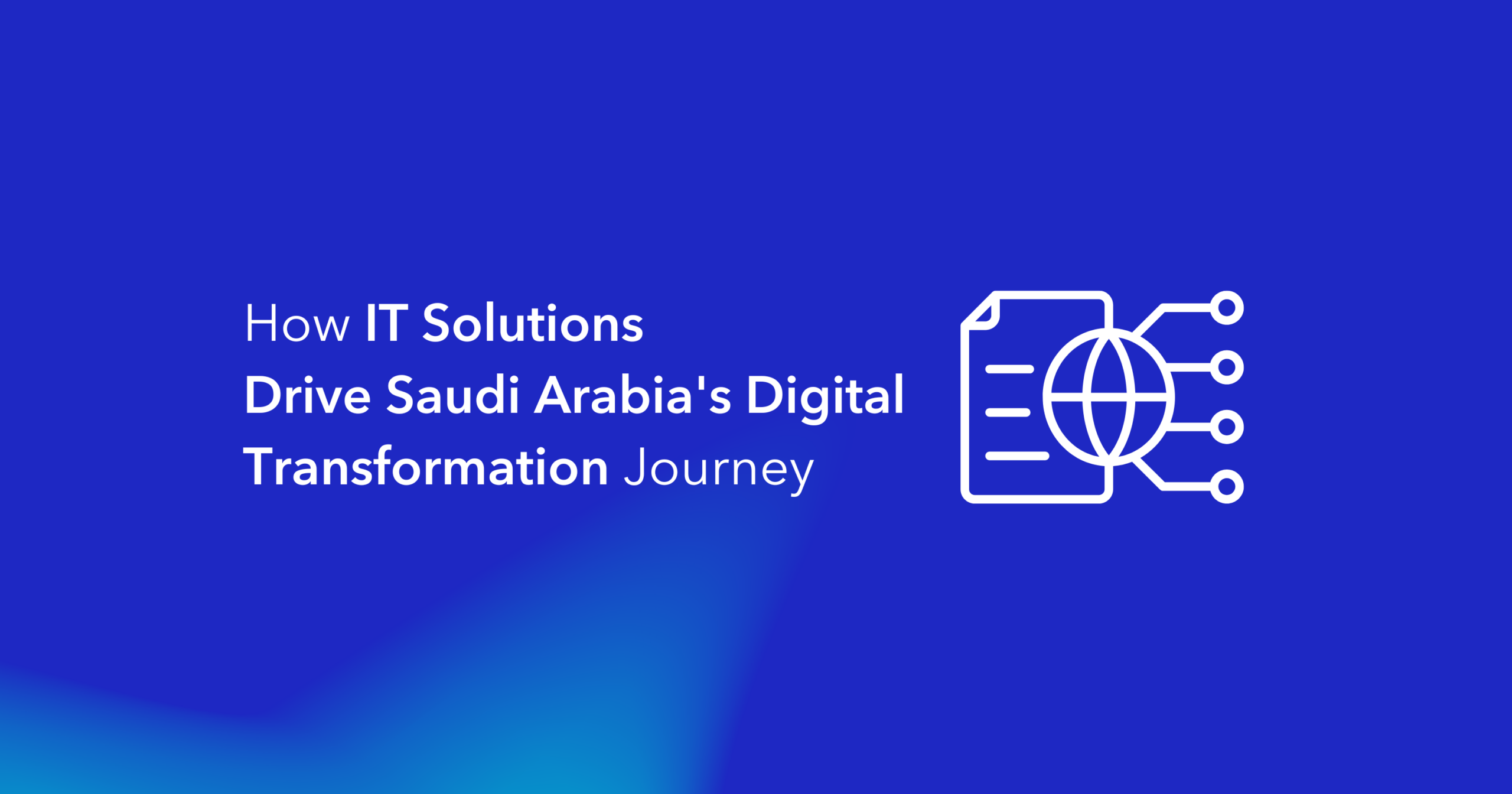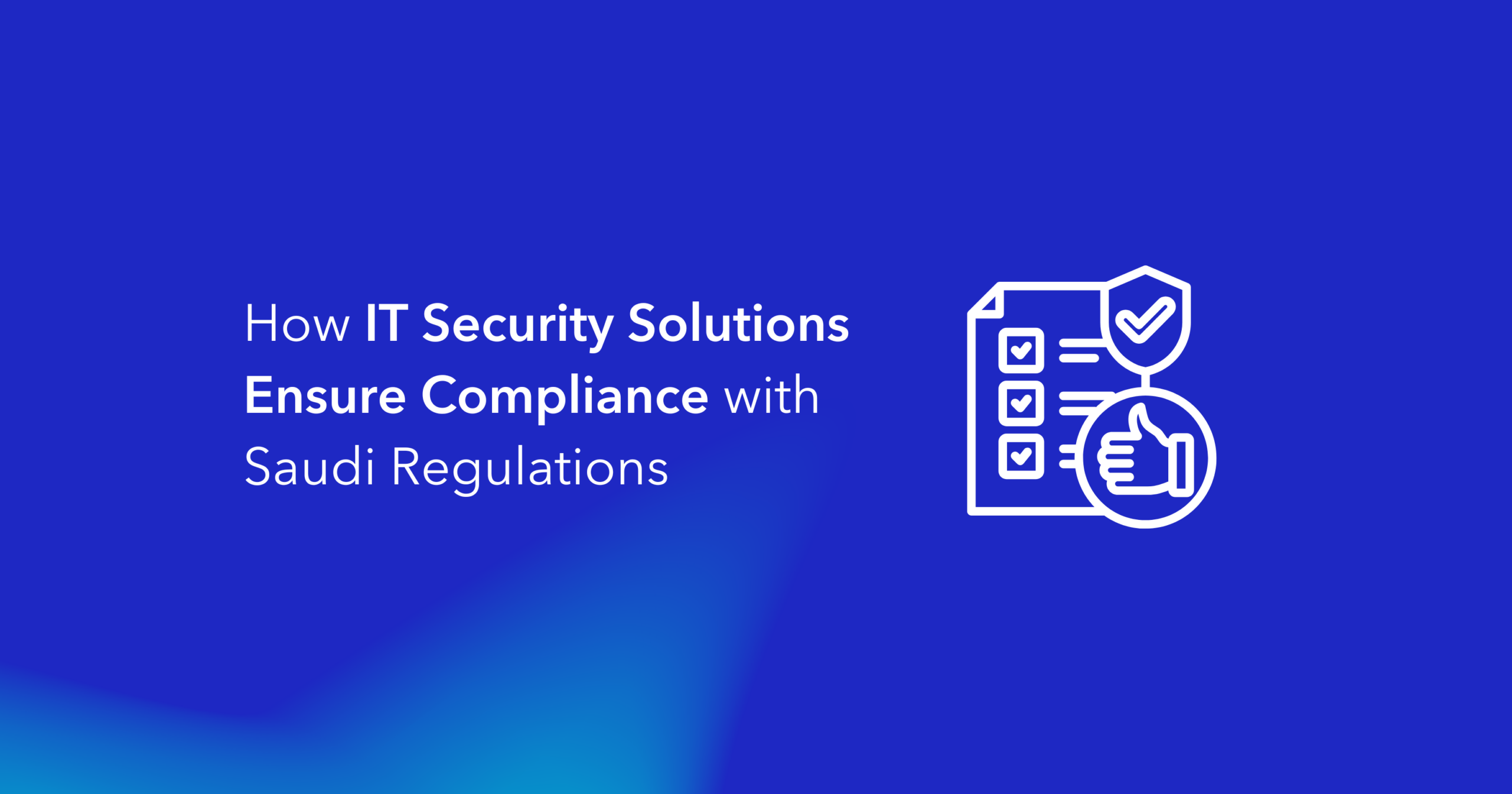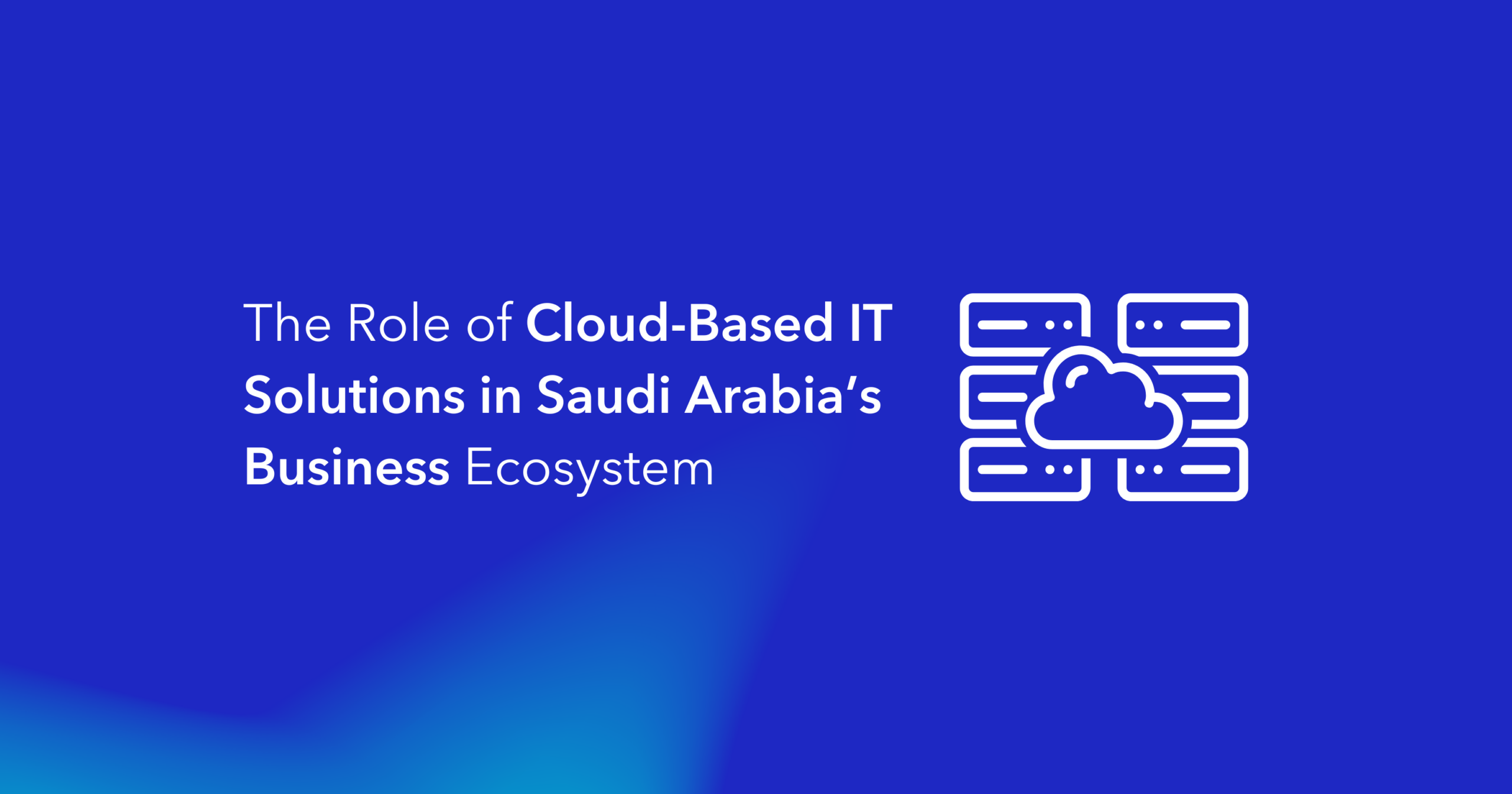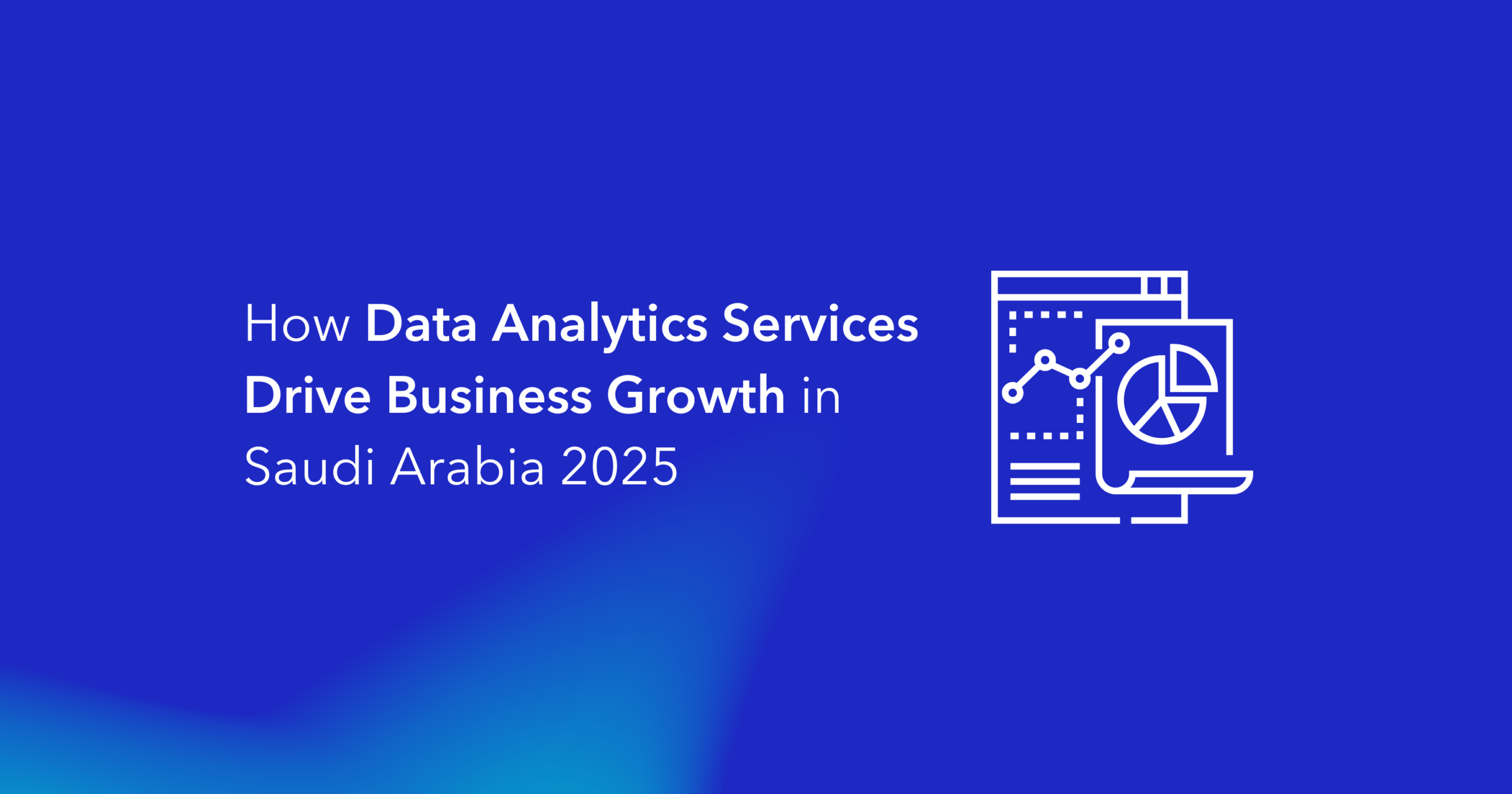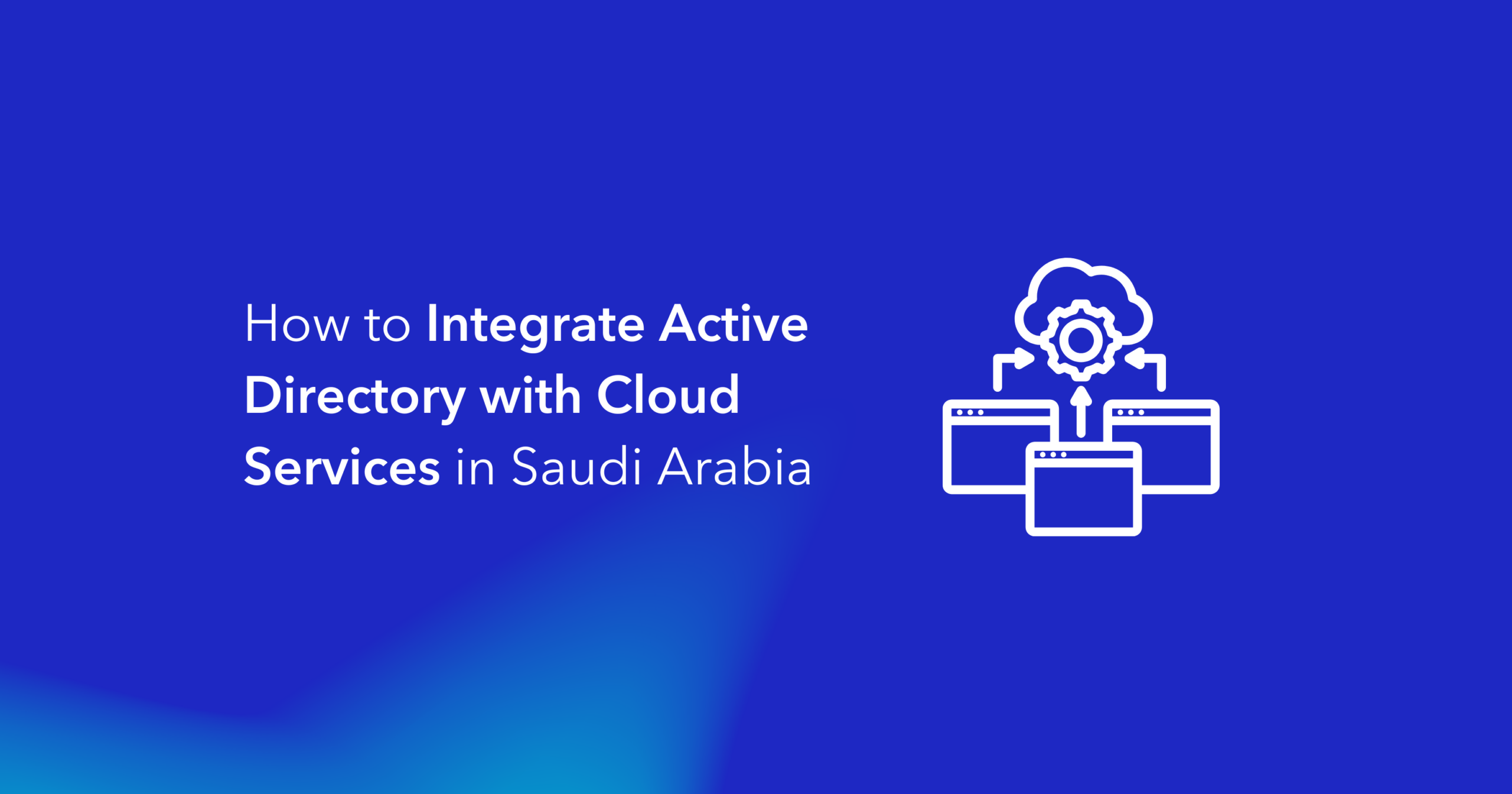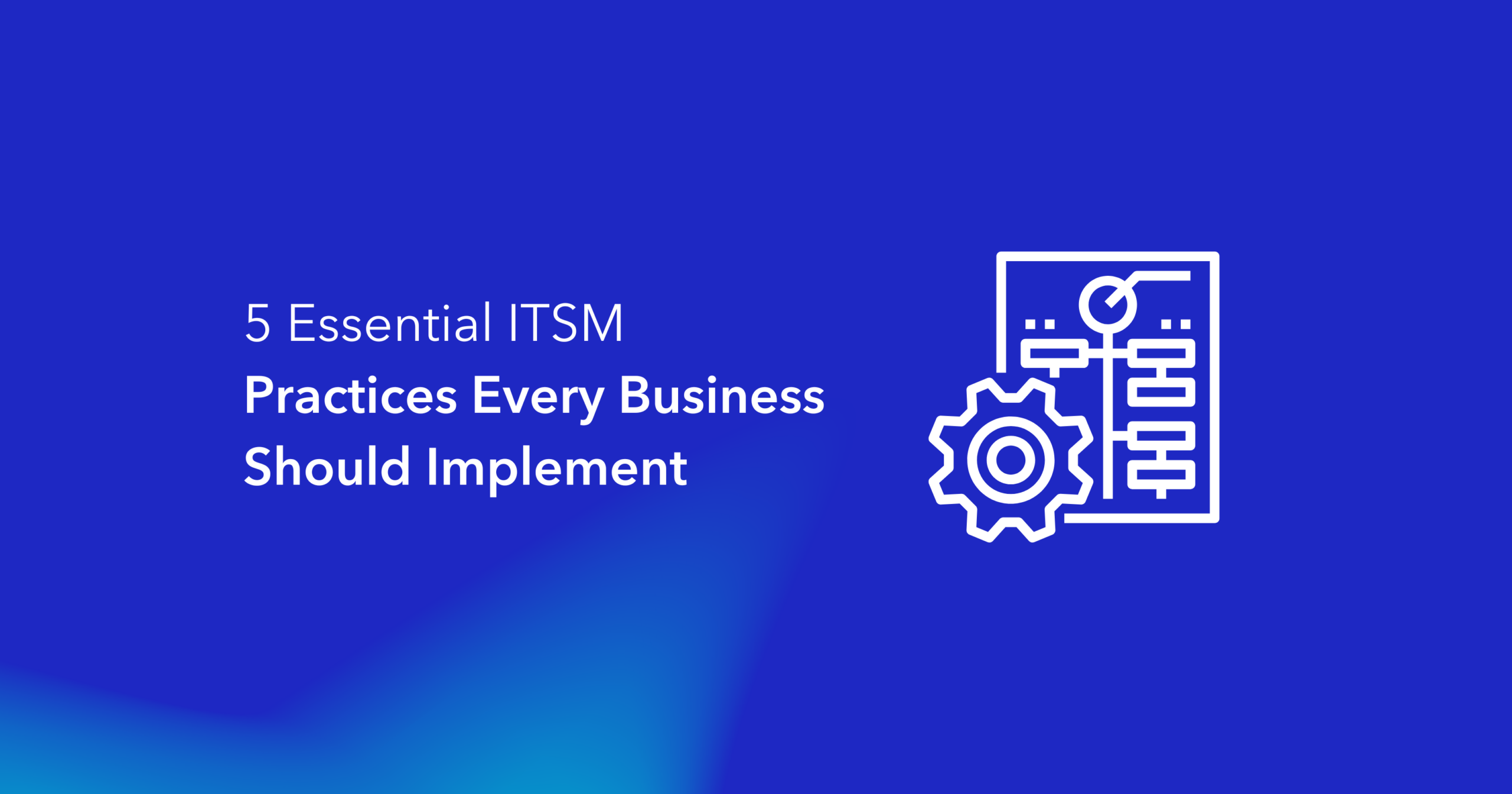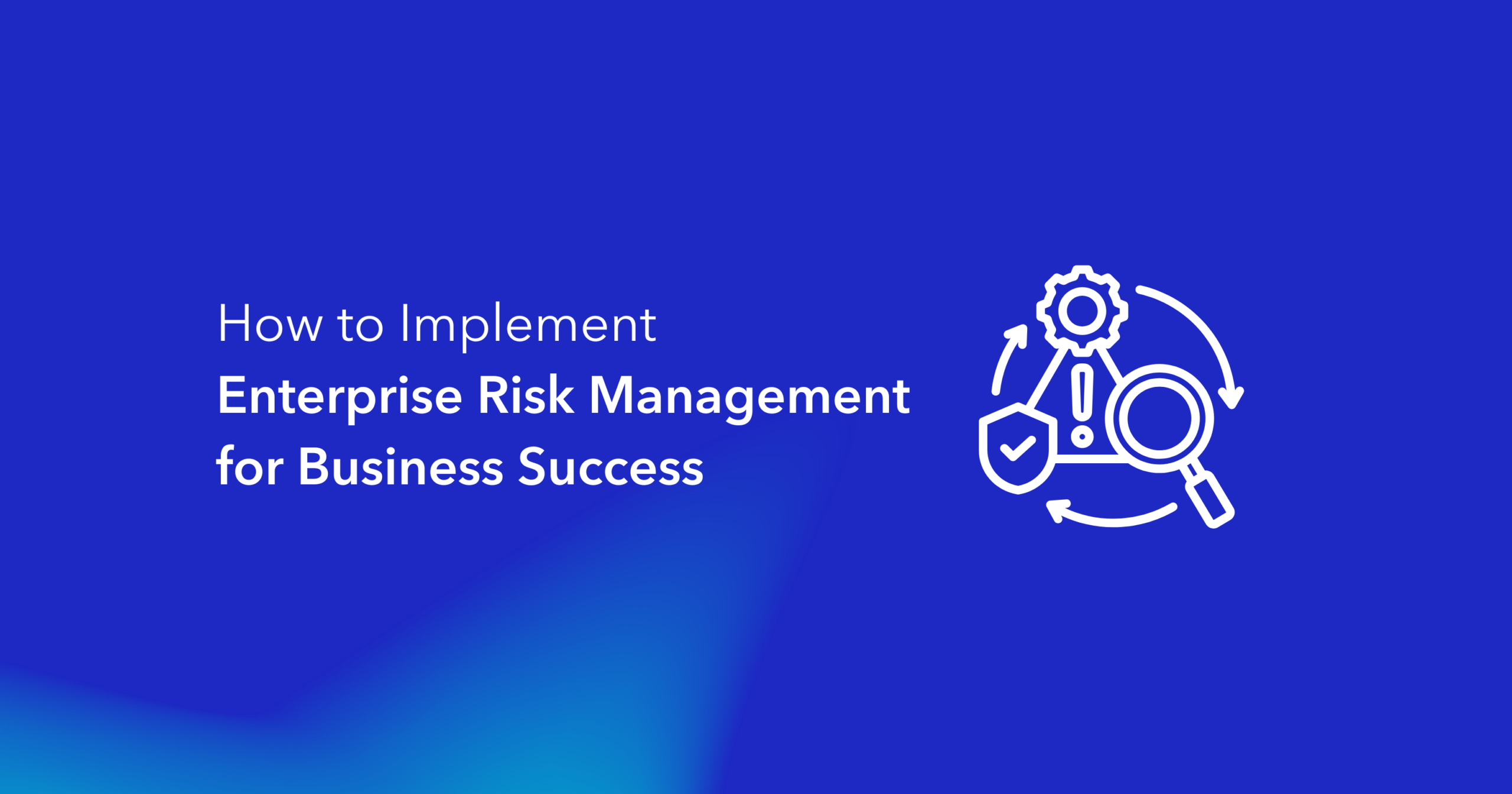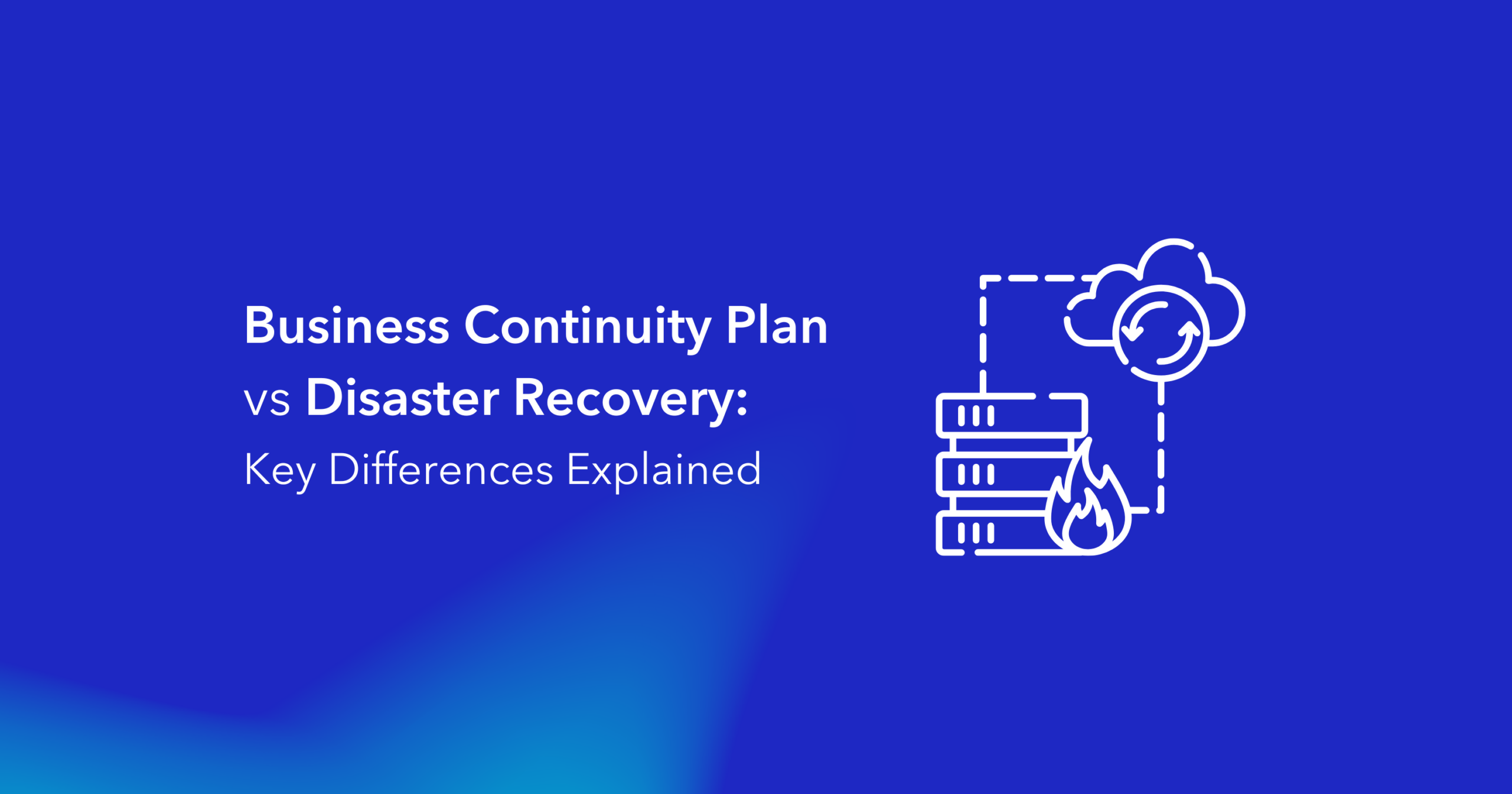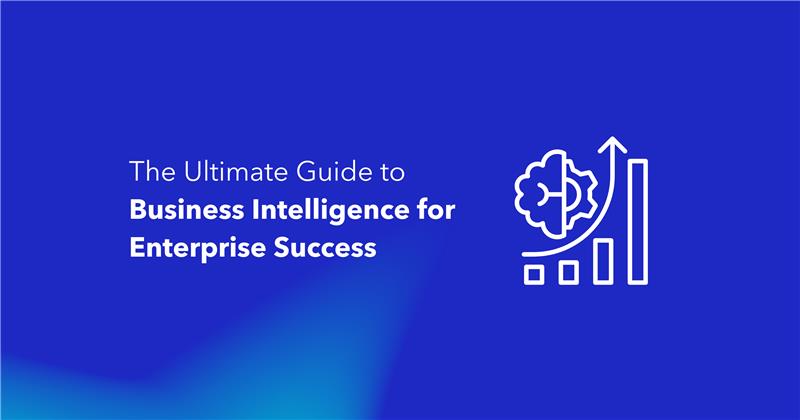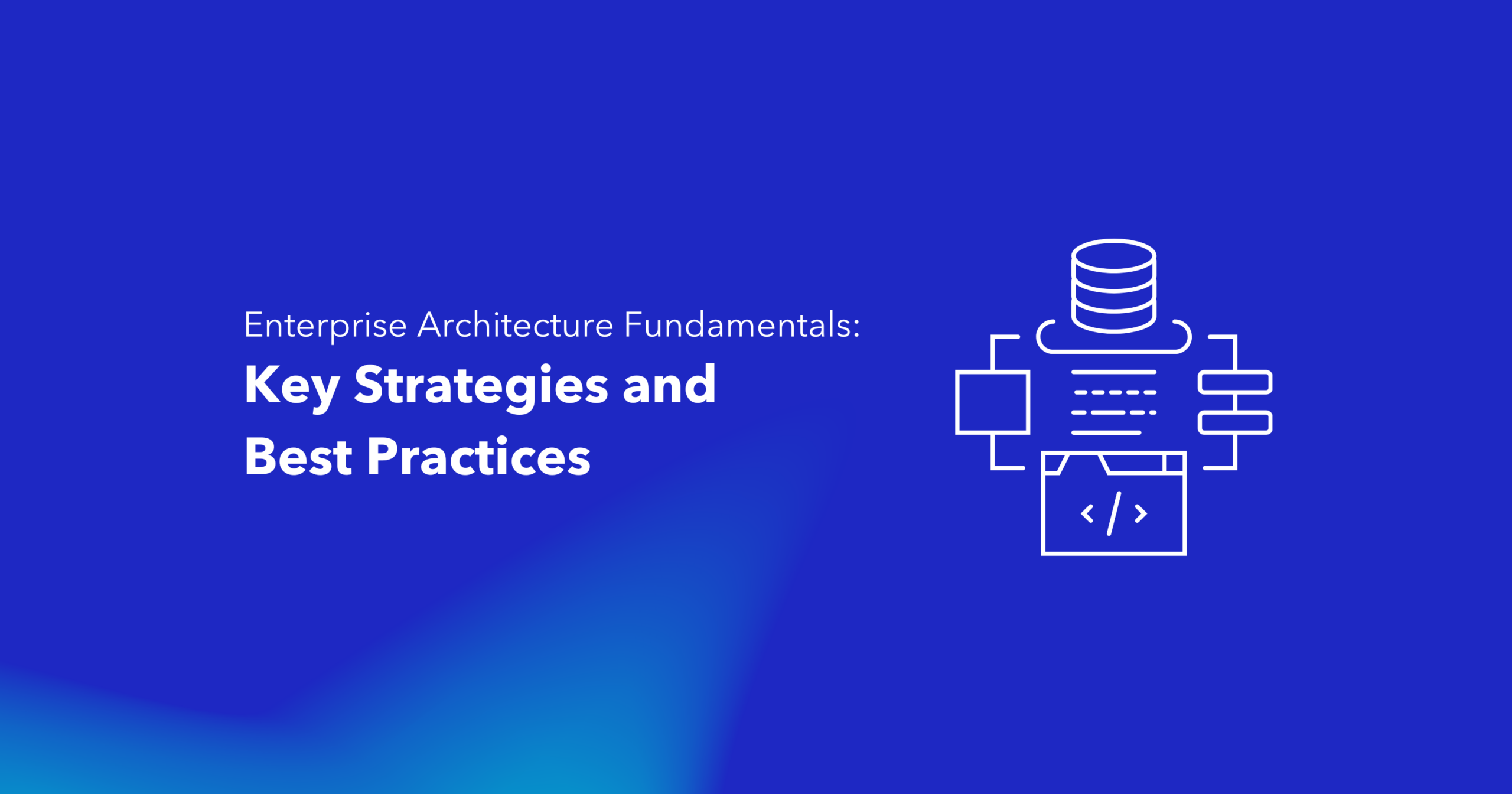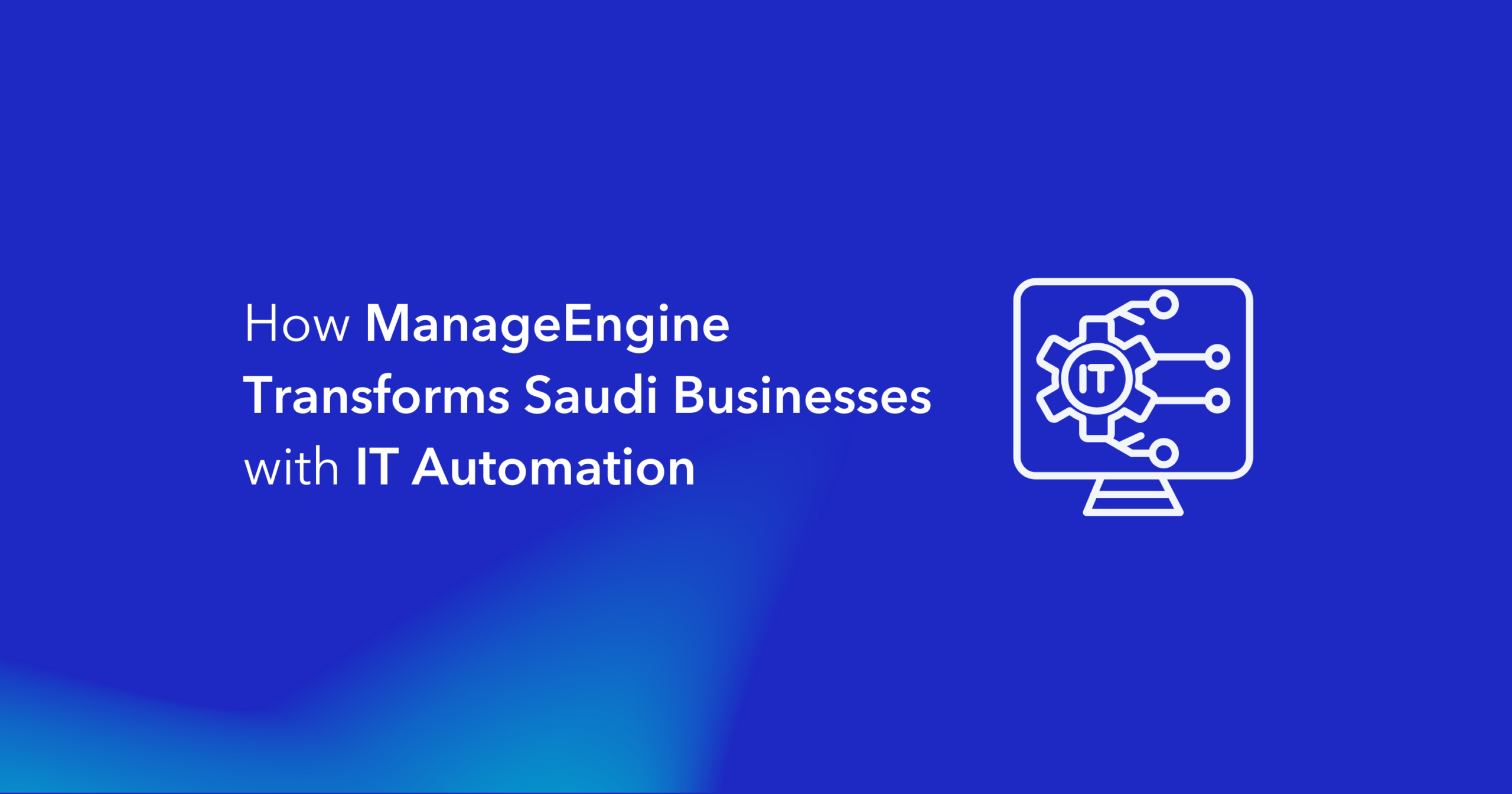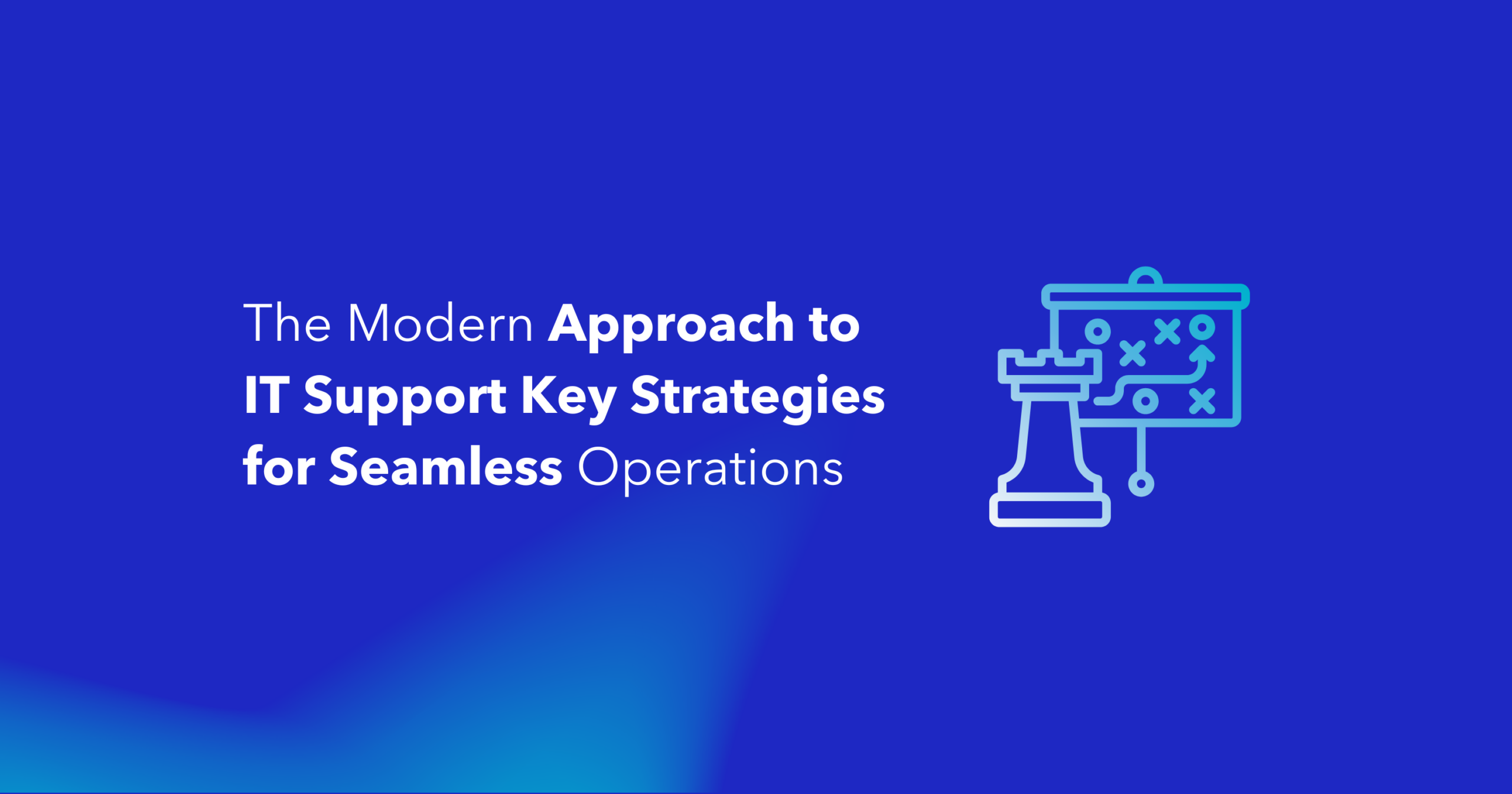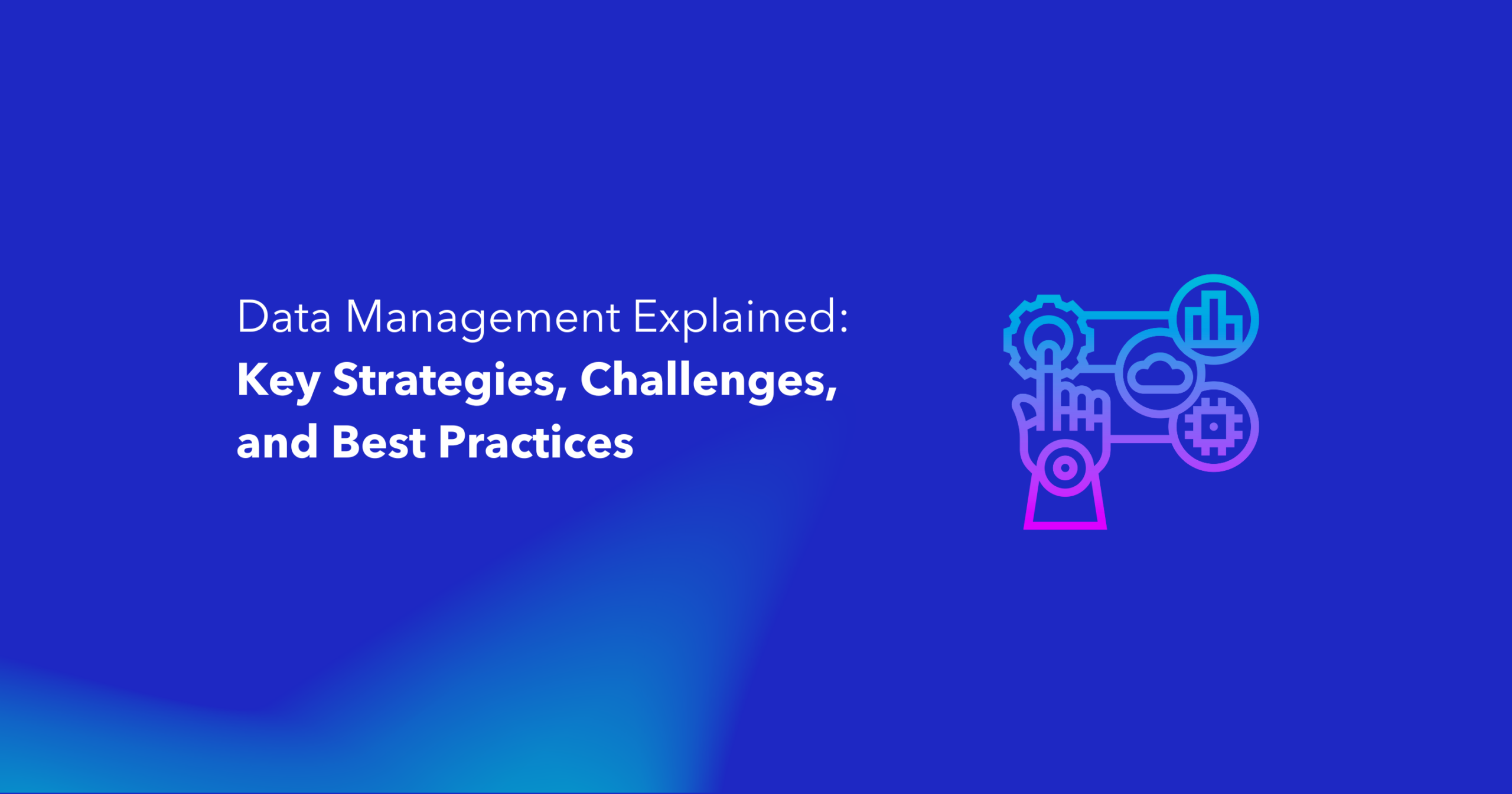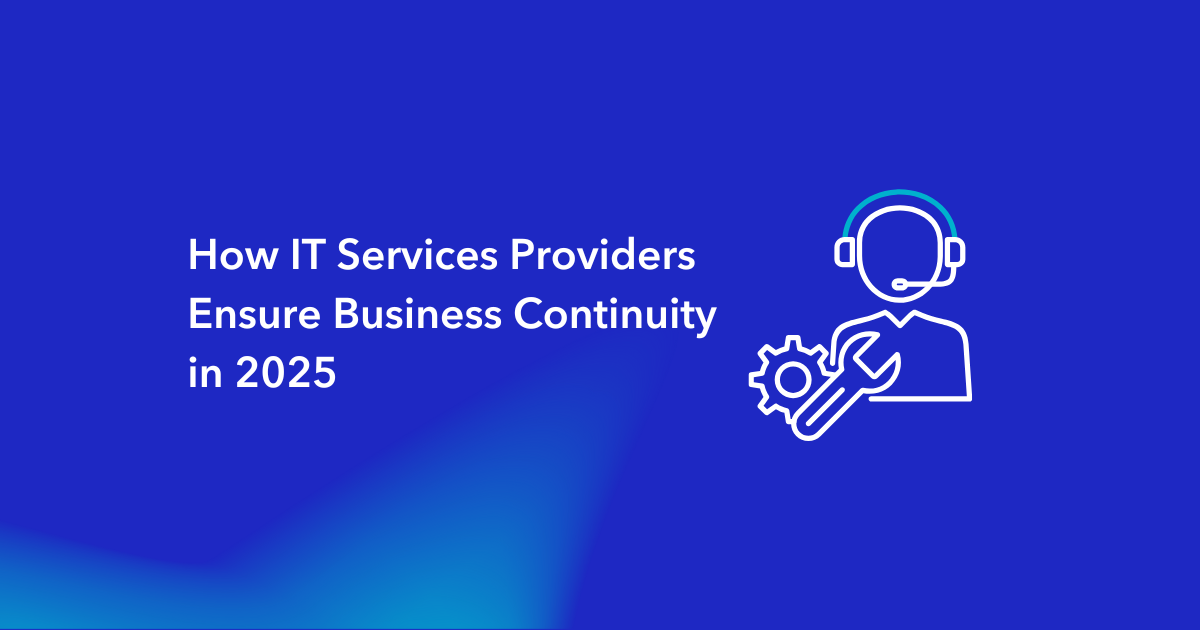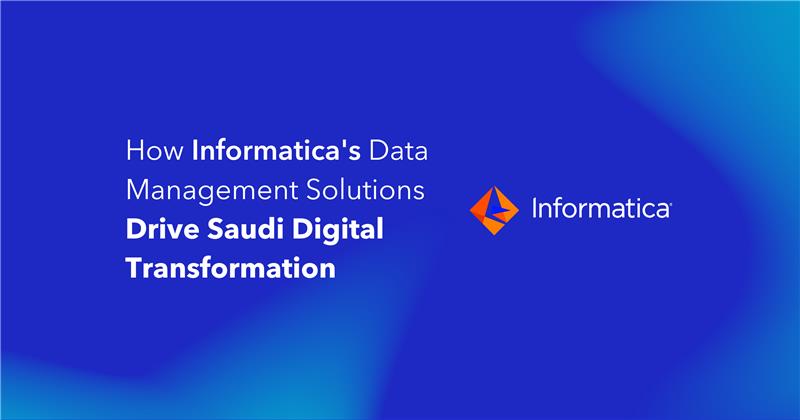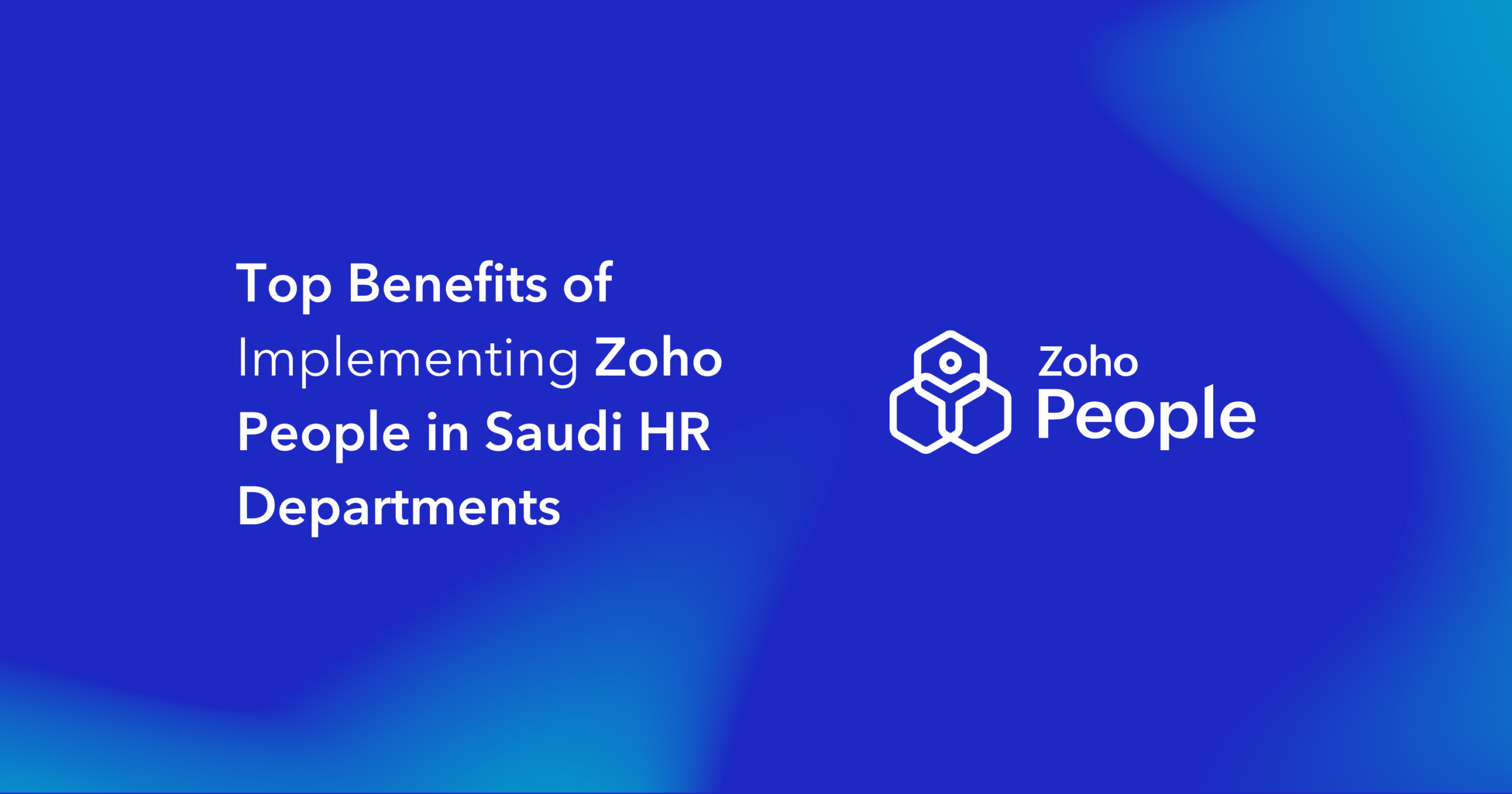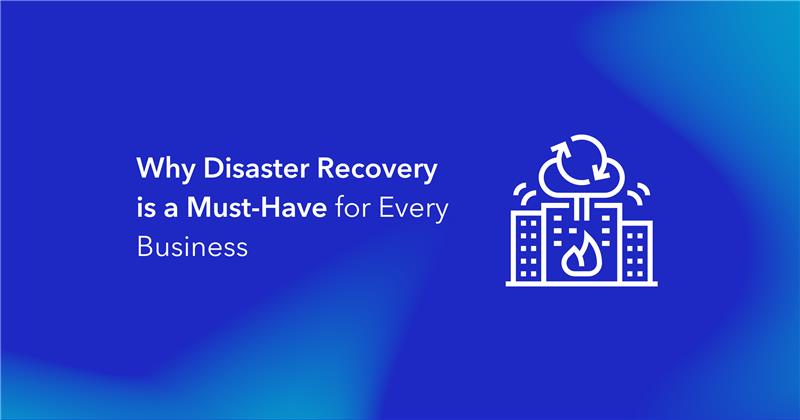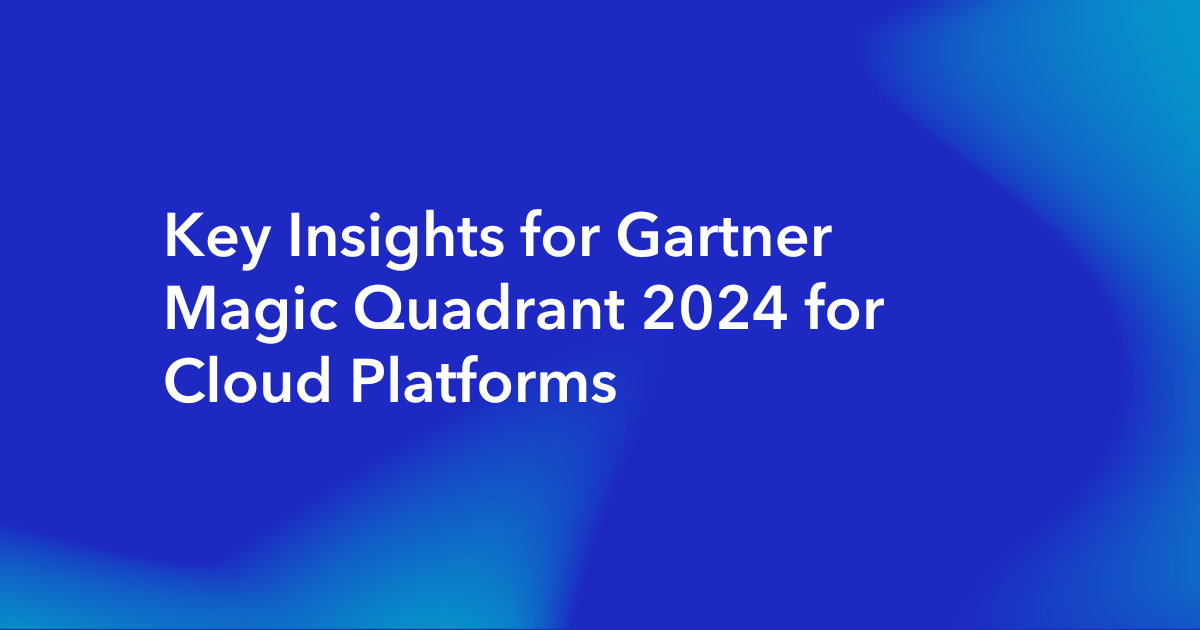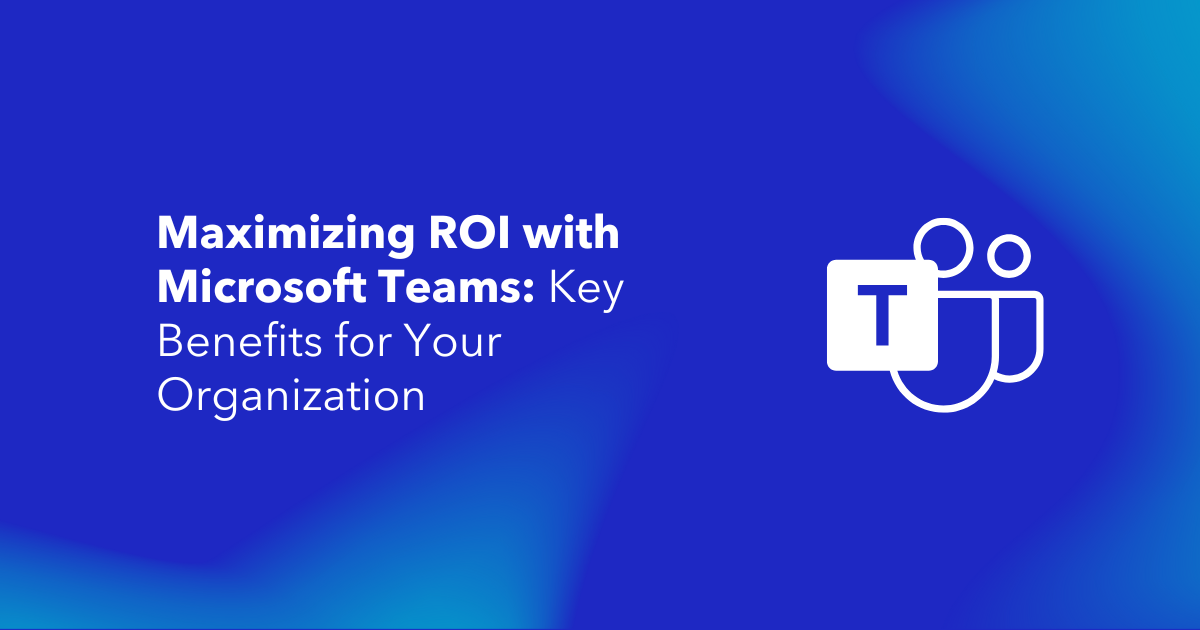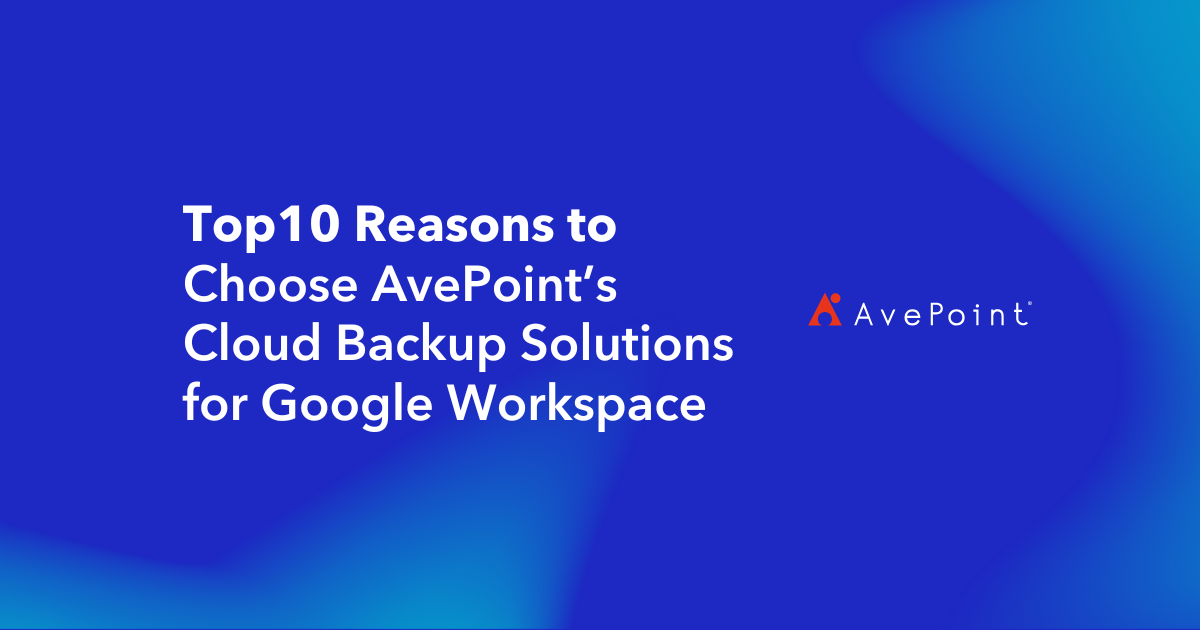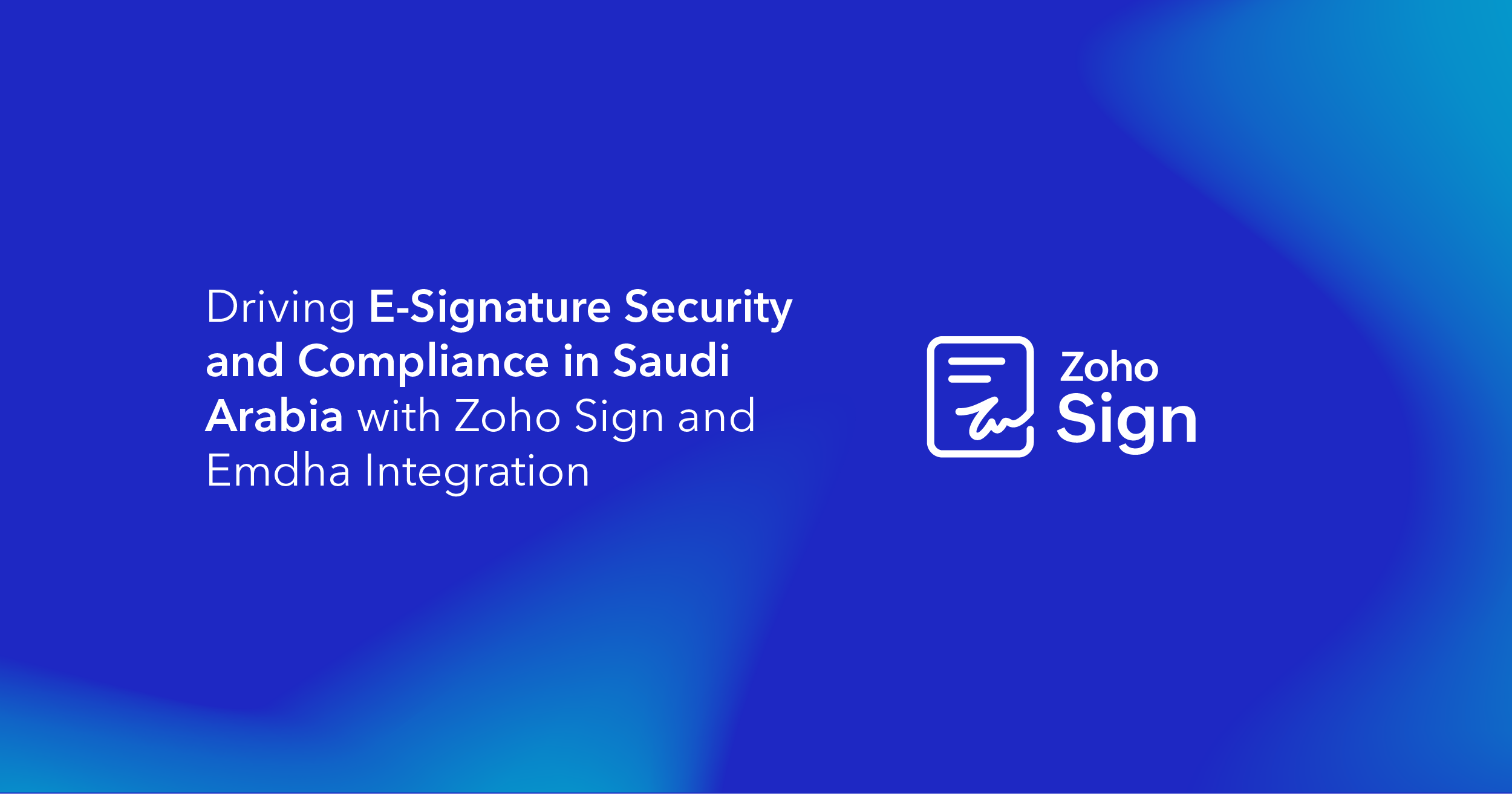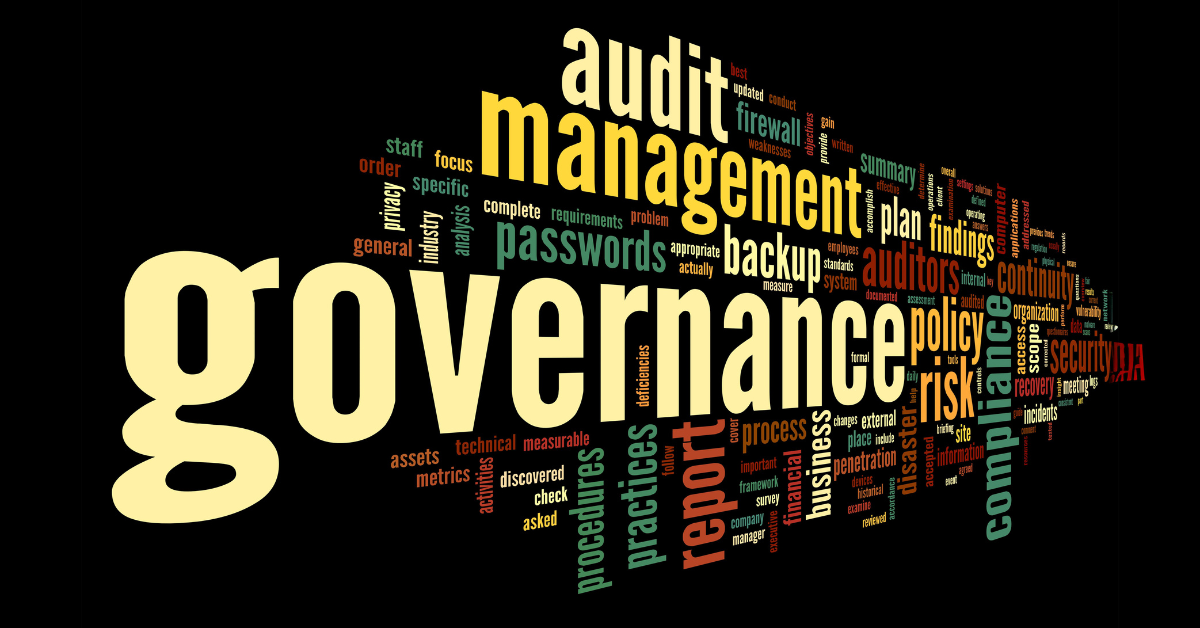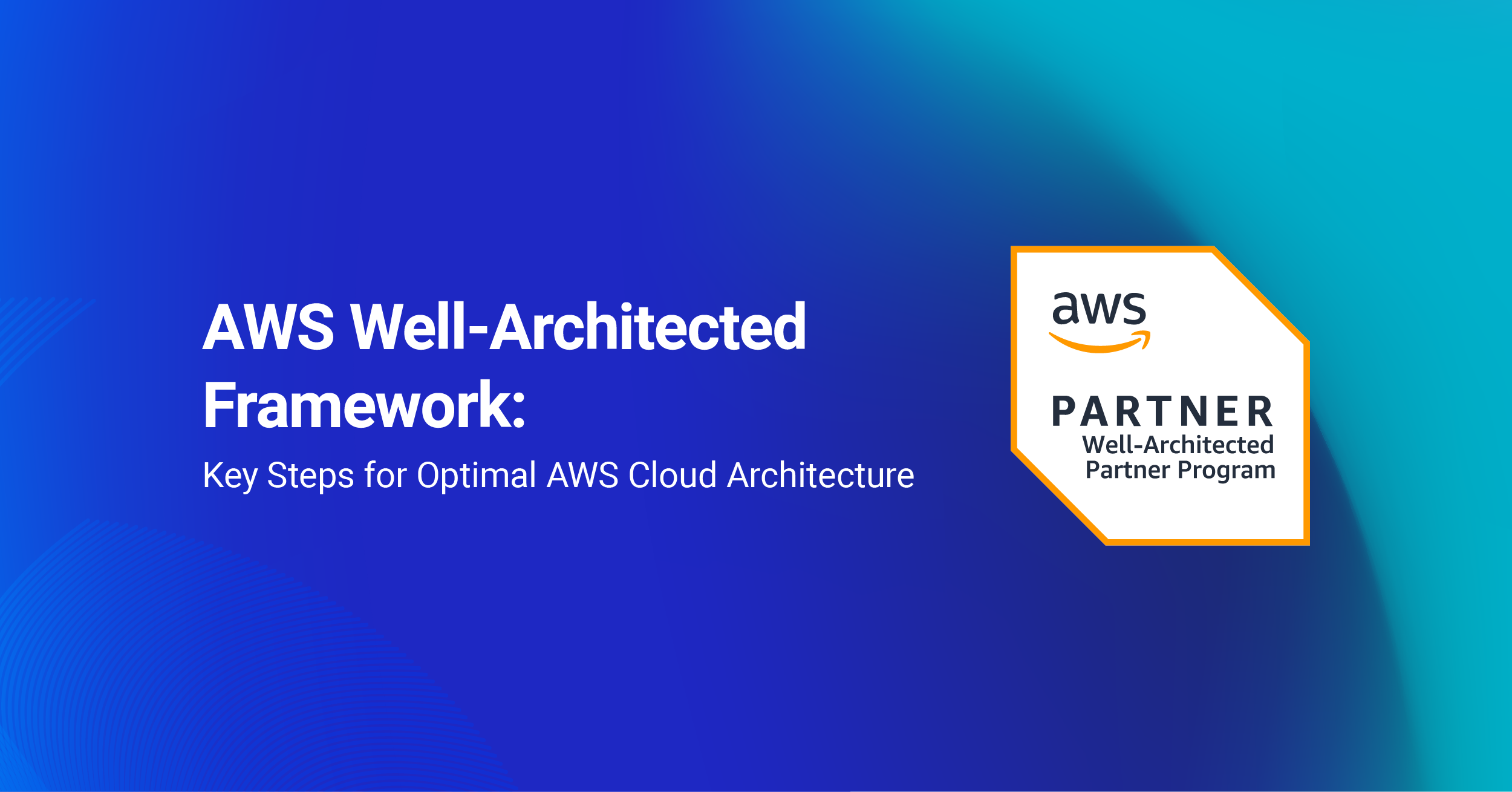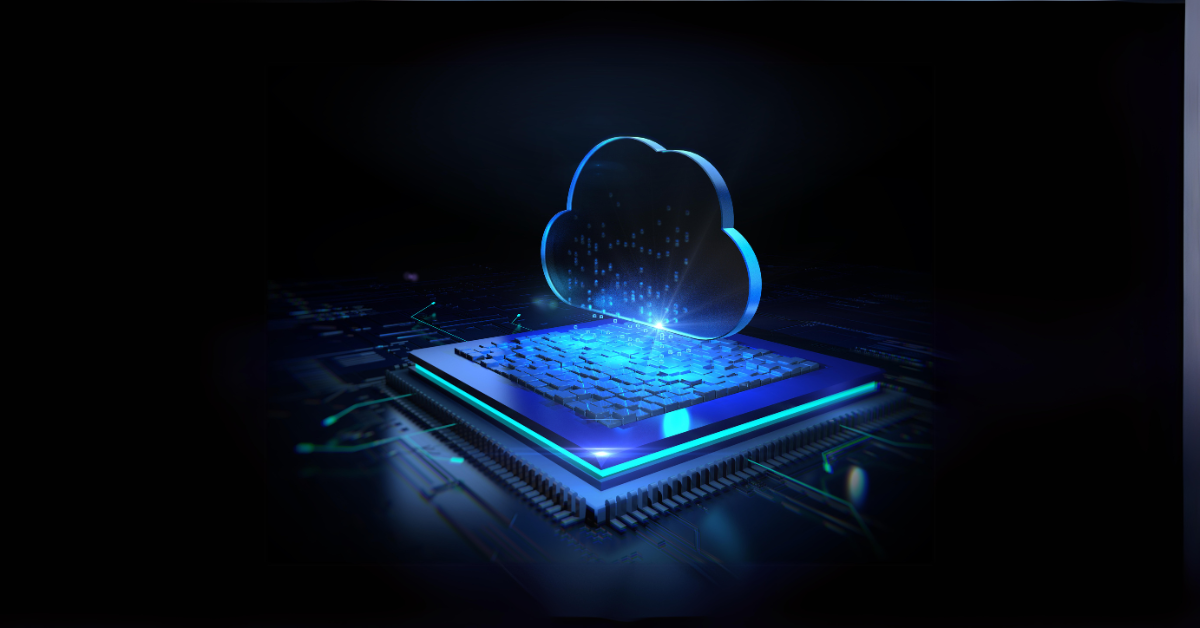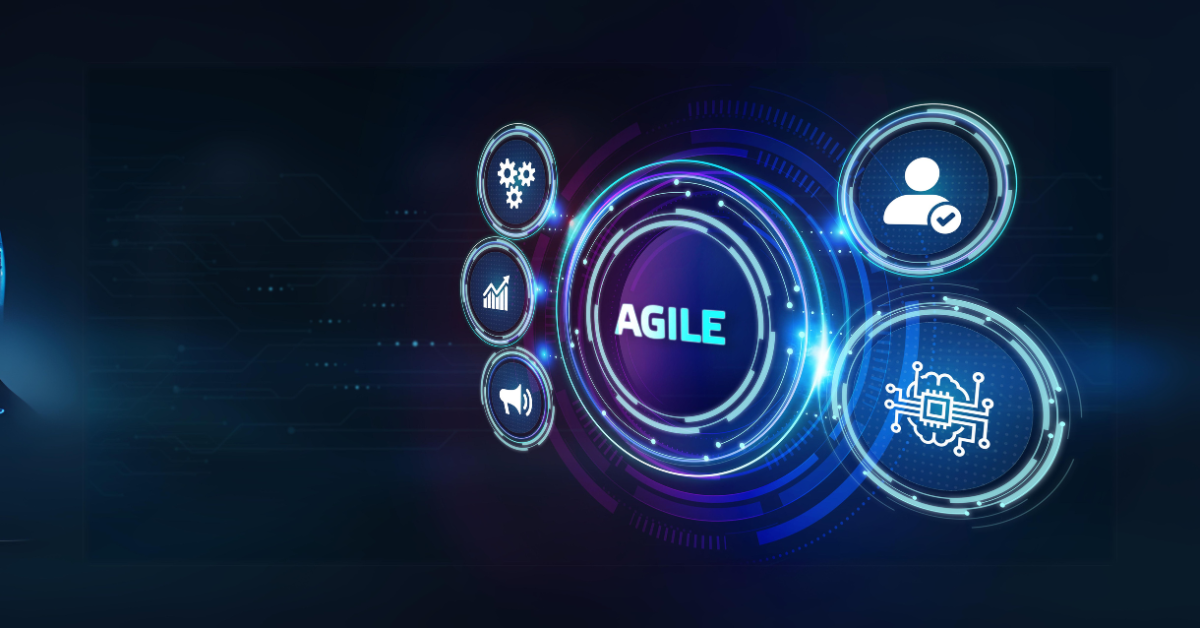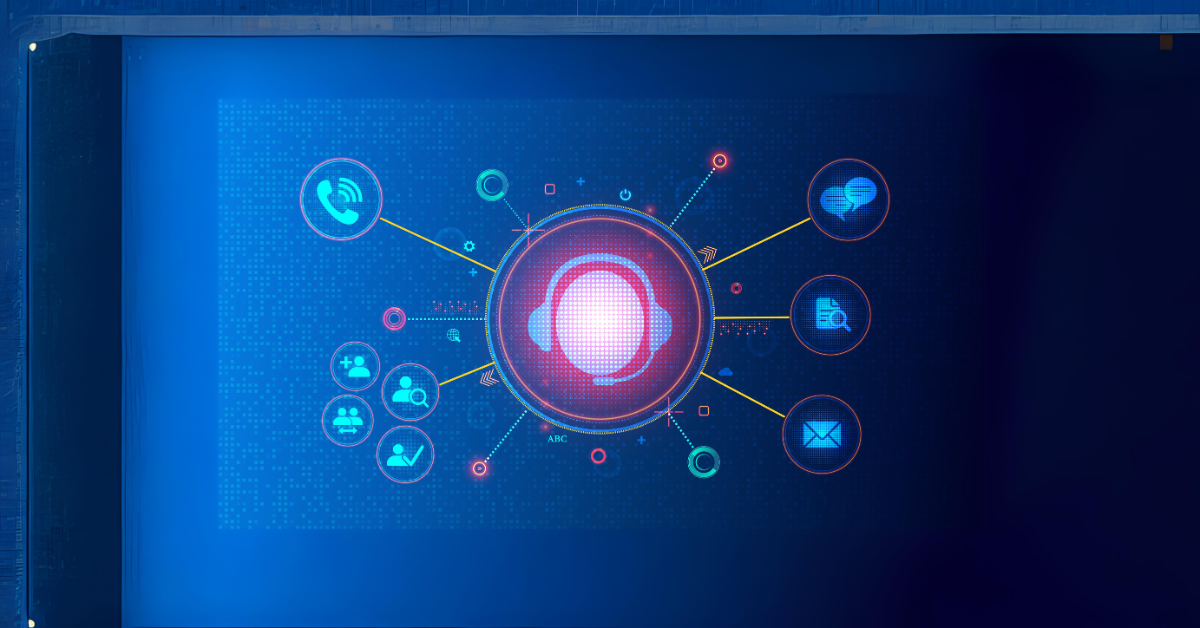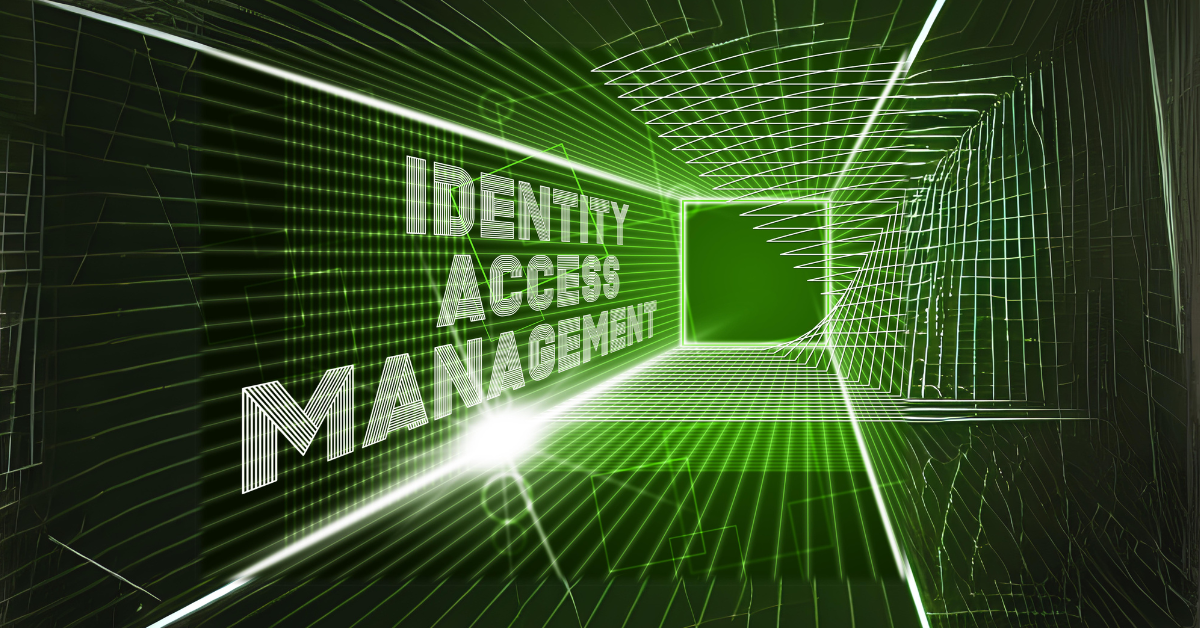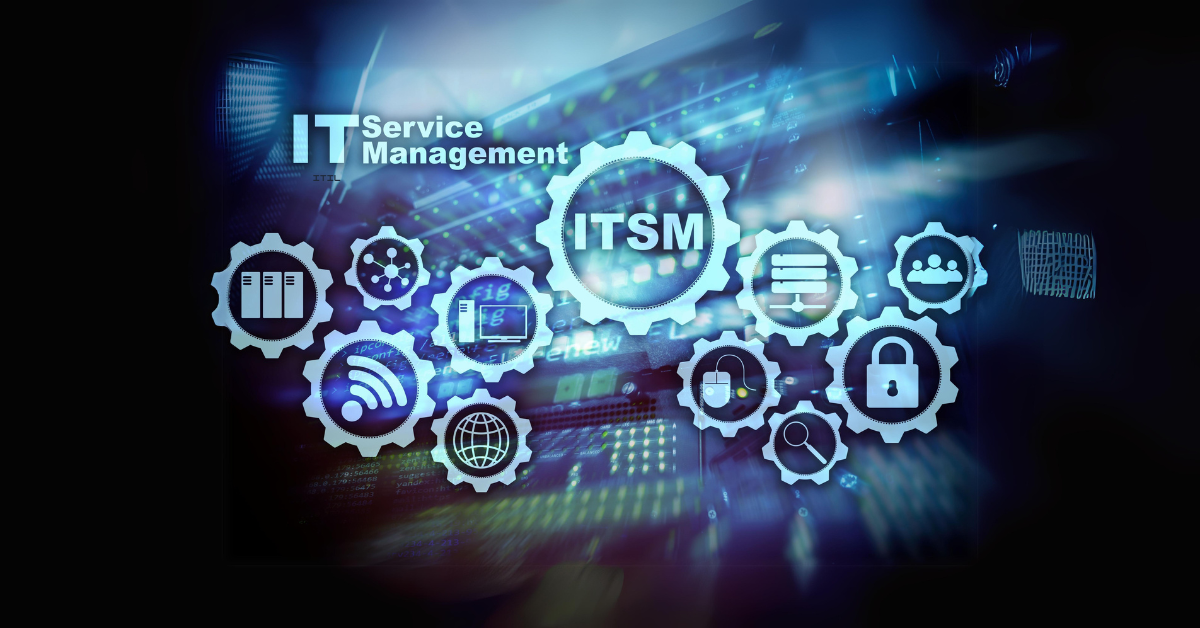IT infrastructure is the foundation of modern business operations that determines how well organizations can store, process, and protect their vital information. Companies cannot maintain secure operations, scale effectively, or defend against increasing cyber threats without reliable technology infrastructure. Business agility and rapid service deployment depend on effective IT infrastructure to maintain a competitive edge.
Your organization’s IT infrastructure covers key components like servers, storage systems, networking devices, operating systems, databases, and cloud services. These elements combine to deliver high availability, optimal performance, and reliable security for your business operations. Saudi businesses need the right IT infrastructure model to succeed in the digital world of 2025. This could be traditional, cloud-based, or hybrid infrastructure that fits their needs.
Saudi Digital Transformation Landscape
Saudi Arabia’s digital world shows an ever-changing technological ecosystem. The Kingdom’s ICT market has reached SAR 153.21 billion, which makes up 4.1% of the GDP. This makes it the largest and fastest market in the MENA region.
Vision 2030 and Digital Infrastructure Goals
Vision 2030 places your business in an environment that reshapes the scene by reducing oil dependency and promoting technology sectors. The government wants to build resilient infrastructure that supports initiatives of all types. Your organization stands to gain from these infrastructure developments:
- Creation of 25,000+ new ICT sector jobs.
- 50% increase in IT market size.
- SAR 49.82 billion contribution to GDP from the ICT sector.
Current State of IT Infrastructure in Saudi Arabia
Digital excellence has become the standard in your market. Saudi Arabia has made remarkable progress by jumping 25 places to rank fourth globally in the UN E-Government Development Index. The Kingdom’s total capital investment in digital infrastructure is a big deal as it means that SAR 92.90 billion in the last six years.
The maturity of your digital infrastructure environment shows through several indicators. The Kingdom has achieved 100% maturity in digital government regulations and open government data accessibility. The cybersecurity market leads the Middle East and will grow at a CAGR of 17.98% to reach SAR 36.71 billion by 2026.
Key Challenges and Opportunities
Understanding both challenges and opportunities is vital to guide this digital transformation. PwC Middle East’s survey expresses that 90% of organizations see resource availability and timely decision support as main challenges. Other important challenges include:
- Resistance to change (80%).
- Data availability (70%).
- Resource capability (55%).
- Time and digital limitations (50%).
All the same, your organization can tap into emerging opportunities. The Kingdom’s cloud computing market shows promise, and annual spending on public cloud services will reach SAR 9.36 billion by 2026. The IoT market offers growth potential and estimates suggest it will reach SAR 10.86 billion by 2025.
Essential IT Infrastructure Components for Saudi Businesses
A reliable IT infrastructure needs interconnected components that are the foundations of your digital operations. Saudi businesses welcome technological advancement, and you need to understand these key components to succeed.
Hardware Components
Your organization’s operational capabilities depend on its IT infrastructure’s hardware foundation. The hardware segment will lead Saudi Arabia’s IT infrastructure market in 2024. Your business needs these key hardware components:
- Enterprise Servers and Computing Systems.
- Storage Solutions and Data Management Systems.
- End-User Devices and Peripherals.
- Network Hardware and Security Appliances.
- Backup and Recovery Systems.
Network Infrastructure
Your IT operations rely on a solid network infrastructure backbone. Your organization needs detailed networking solutions. These include network setup optimization, LAN and WAN design and maintenance, plus secure VPN implementation. The Kingdom ranks as the country with the 4th largest 5G deployment globally – a remarkable achievement.
Software and Application Infrastructure
Saudi Arabia’s software infrastructure market keeps evolving and needs your attention. The revenue from the IT market will reach SAR 5.21 billion by 2023’s end. Your software infrastructure should include:
- Operating Systems and Virtualization Platforms.
- Enterprise Applications and Databases.
- Security and Compliance Software.
- Infrastructure Management Tools.
- Cloud Integration Solutions.
Data Center Solutions for Saudi Market
Data center solutions have become vital for Saudi businesses. The Kingdom’s data center market size will reach 0.44 thousand MW in 2025. Your data center infrastructure should prioritize:
Component | Specification |
Power Management | Redundant power systems with UPS |
Cooling Solutions | Smart cooling infrastructure |
Security Systems | Physical and cyber security measures |
Network Connectivity | High-speed fiber connectivity |
Monitoring Tools | Live performance tracking |
Your data center infrastructure needs careful planning and implementation. Saudi Arabia’s total raised floor area will grow to 3.32 million sq. ft by 2030. This growth creates great opportunities to expand your business.
Cloud IT Infrastructure Adoption in Saudi Arabia
Your business’s digital footprint grows bigger each day. Cloud infrastructure becomes a vital part of your IT strategy. Saudi Arabia’s move toward cloud adoption opens new doors to boost your operations and market edge.
Hybrid Cloud Solutions for Saudi Enterprises
Your organization needs a balanced approach to cloud adoption. Hybrid cloud solutions combine private and public cloud resources perfectly. You retain control while gaining flexibility. This model lets you:
- Keep sensitive data on-premises.
- Scale resources as you need them.
- Cut costs through workload distribution.
- Keep business running smoothly.
This table shows what you should think over for your hybrid cloud setup:
Aspect | On-Premises | Public Cloud | Hybrid Benefit |
Data Control | Maximum | Limited | Optimized |
Cost Structure | Fixed | Variable | Balanced |
Scalability | Limited | High | Flexible |
Security | Customized | Standardized | Enhanced |
Data Sovereignty and Compliance
Your cloud infrastructure must line up with Saudi Arabia’s strict data sovereignty rules. Cloud services need careful attention to regulatory compliance and data protection standards.
These compliance requirements are crucial for your cloud infrastructure:
- Data Residency
- Primary data storage within Saudi borders.
- Backup and disaster recovery locations.
- Data transfer protocols.
- Security Measures
- Encryption standards.
- Access control mechanisms.
- Audit trails and logging.
- Regulatory Alignment
- CITC cloud computing regulations.
- NCA cybersecurity guidelines.
- Industry-specific compliance requirements.
A multi-cloud strategy might work better for you. It helps spread risk and ensures compliance across different service providers. You’ll need strong management tools to watch and control your entire cloud setup.
Your cloud strategy should create a strong architecture that adapts to changing rules while supporting your business goals. Make sure you set clear data rules, add strong security measures, and keep detailed records of your compliance steps.
IT Infrastructure Security and Compliance
Saudi Arabia’s IT infrastructure protection needs careful attention to regulatory requirements and security standards. You need to know these requirements to protect your organization’s digital assets and stay compliant with national regulations.
Saudi Cybersecurity Regulations
Your organization should work in line with the Saudi Arabian Monetary Authority (SAMA) Cyber Security Framework. This framework sets specific controls for banking, insurance, and financing sectors. The framework covers:
- Electronic information protection.
- Physical information security.
- Application and database safeguards.
- Network infrastructure protection.
- Storage device security.
The National Cybersecurity Authority (NCA) wants your organization to maintain at least a maturity level 3 or higher in cybersecurity controls. These standards help you meet basic security standards and manage risks better.
Data Protection Requirements
The Personal Data Protection Law (PDPL) came into effect in September 2023. It sets strict guidelines about how you handle data. Your IT infrastructure must meet these basic requirements:
Requirement Category | Key Components |
Data Processing | Consent management, purpose limitation |
Security Measures | Technical controls, organizational safeguards |
Data Transfer | Cross-border restrictions, approved mechanisms |
Breach Notification | Immediate reporting protocols |
Your organization must put in place proper technical measures to keep data secure. The Saudi Data & Artificial Intelligence Authority (SDAIA) watches over these requirements. Your infrastructure needs to follow their guidelines closely.
Security Best Practices
Your IT infrastructure security strategy should tackle both current and future threats. A recent survey shows 63% of Saudi organizations worry most about brand damage from cyberattacks. You can reduce these risks by putting these vital measures in place:
- Risk Assessment and Management
- Regular security audits.
- Vulnerability assessments.
- Threat monitoring systems.
- Technical Controls
- Multi-layered security architecture.
- Advanced encryption protocols.
- Access control mechanisms.
- Operational Security
- Incident response planning.
- Regular security training.
- Documentation and reporting.
The survey also reveals 62% of Saudi organizations focus on getting more value from their current technology investments in cybersecurity. This suggests you should make the most of your existing security setup before adding new solutions.
Your cybersecurity framework needs to match both national regulations and international standards. The board must oversee these measures. This gives your organization a detailed approach to infrastructure security and compliance.
IT Infrastructure Management and Optimization
Managing IT infrastructure demands a strategic approach to monitoring, optimization, and cost control. Saudi businesses face unique challenges when they maintain optimal IT operations. 47% of IT decision-makers identify cost optimization as their biggest concern.
IT Infrastructure Management Tools
Your organization’s IT infrastructure management toolkit should include complete solutions for operational control. Managed Network Operations Center (NOC) services and Enterprise Mobility Management (EMM) systems are the life-blood of modern infrastructure management. These tools enable:
- Office automation and integration.
- Managed backup services (MBaaS).
- Enterprise mobility control.
- Network resource optimization.
IT Infrastructure Performance Monitoring Solutions
A reliable monitoring solution helps maintain peak infrastructure performance. Your monitoring framework should meet SAMA’s IT governance requirements, which include:
Monitoring Aspect | Key Components |
Operations Management | Asset tracking, SLA monitoring |
Risk Management | Risk identification, analysis |
Performance Tracking | Availability, capacity management |
Data Management | Backup monitoring, virtualization |
IT Infrastructure Cost Optimization Strategies
Only 5% of organizations report having completely optimized IT budgets. Your business can implement several cost-optimization measures to boost efficiency. Economic conditions have made 54% of IT decision-makers evaluate new investments more carefully.
Your IT investment value increases when you focus on these key optimization areas:
- Resource Allocation
- Streamline hardware utilization.
- Optimize software licensing.
- Implement economical data storage solutions.
- Performance Enhancement
- Regular system maintenance.
- Proactive issue resolution.
- Capacity planning.
Your IT infrastructure optimization strategy should make use of automation and self-service tools to reduce manual errors. This approach helps you tackle common performance issues such as:
- Inefficient data management.
- Budget constraints for state-of-the-art solutions.
- Insufficient computing platforms.
- Inadequate data storage solutions.
Future-Proofing Saudi IT Infrastructure
Your IT infrastructure needs state-of-the-art thinking and careful planning to handle future challenges. Saudi Arabia’s IT infrastructure market will reach SAR 30.2 billion by 2033, with a CAGR of 14.0%.
Emerging Technologies Integration
Your business will thrive when you smoothly blend emerging technologies into your current IT setup. Saudi Arabia focuses on three tech areas that could shape your organization:
Technology | Primary Use Cases | Implementation Focus |
Artificial Intelligence | Customer Service, Analytics | Chatbots, Predictive Analysis |
Internet of Things | Supply Chain, Operations | Device Management, Data Collection |
Blockchain | Security, Transactions | Smart Contracts, Data Protection |
The Kingdom’s IoT market should hit SAR 10.86 billion by 2025 with 12.8% yearly growth. These advances can help your organization through:
- Improved efficiency in operations.
- Better customer experiences.
- Streamlined business processes.
- Evidence-based decisions.
Scalability Planning
Your IT setup must grow smoothly while keeping its performance strong. Smart scalability planning needs flexible solutions that adapt quickly. A layered design approach brings several benefits:
- Better Modularity
- Strong system resilience
- Stable networks
- Lower ownership costs
- Operational Benefits
- Freedom to work anywhere
- Better multi-site performance
- Quick app rollouts
Cloud-based solutions offer extra scaling options. Public cloud spending should reach SAR 9.36 billion by 2026.
Sustainability Considerations
Your eco-friendly goals should match Saudi Arabia’s green vision. The Kingdom knows that eco-friendly practices help both nature and the economy. Here’s what matters for your IT setup:
- Energy Efficiency Measures
- Energy-smart tech adoption
- Renewable energy use
- Better cooling systems
- Environmental Impact Management
- Less e-waste
- Smart disposal methods
- Green innovation
Eco-friendly IT practices bring many advantages:
- Lower running costs
- Better company image
- Smarter resource use
- Meeting regulations
Your green strategy should use digital tools to watch environmental impact. This helps with:
- Up-to-the-minute resource tracking
- Active environmental care
- Fact-based green choices
Companies using these methods have seen great results. One organization ended up recycling about 63 million tons of CO2 yearly through better tech.
Your IT updates should create a balanced system that mixes new tech, growth potential, and sustainability. This complete approach keeps you competitive while supporting Saudi Arabia’s digital future.
Final Remarks on IT Infrastructure
Saudi Arabia offers remarkable IT infrastructure opportunities that can help your business grow through 2025 and beyond. Vision 2030 supports the Kingdom’s digital transformation initiatives that have built a resilient foundation for technological advancement.
Your IT infrastructure success relies on these key factors:
- Strong hardware and network components.
- Secure cloud adoption strategies.
- Strict compliance with Saudi regulations.
- Infrastructure management that works.
- Integration of emerging technologies.
The Saudi IT market will reach SAR 30.2 billion by 2033, which shows the massive potential for your business expansion. Building resilient infrastructure today will give you a competitive edge tomorrow.
Your path to IT excellence needs careful planning for current needs and future growth. You need to adopt environmentally responsible practices, implement strong security measures, and optimize operations through proper infrastructure management.
Your steadfast dedication to developing and maintaining strong IT infrastructure will make you a pioneer in Saudi Arabia’s digital revolution. This will prepare you to tackle the challenges and opportunities in an increasingly connected business world.
